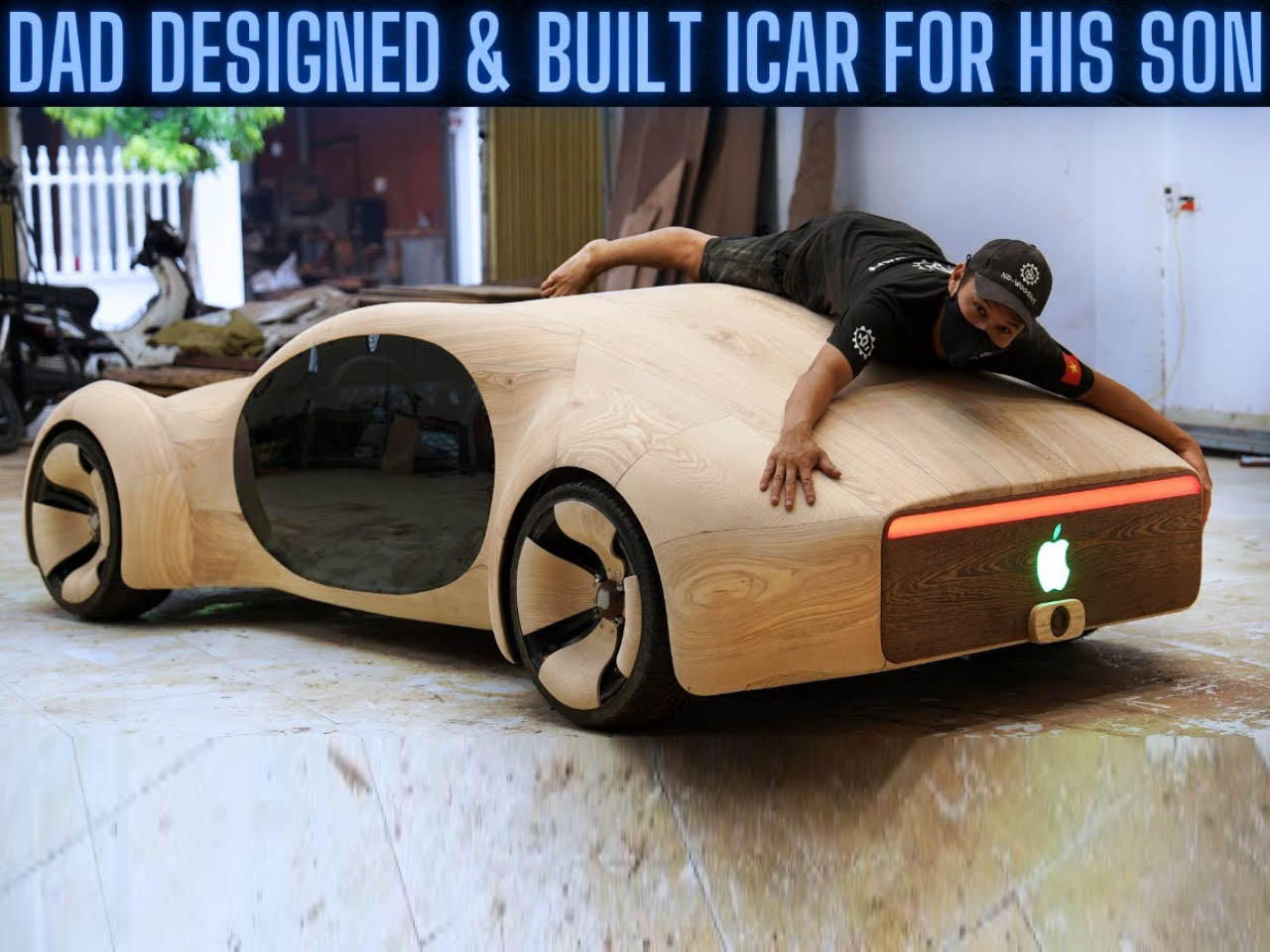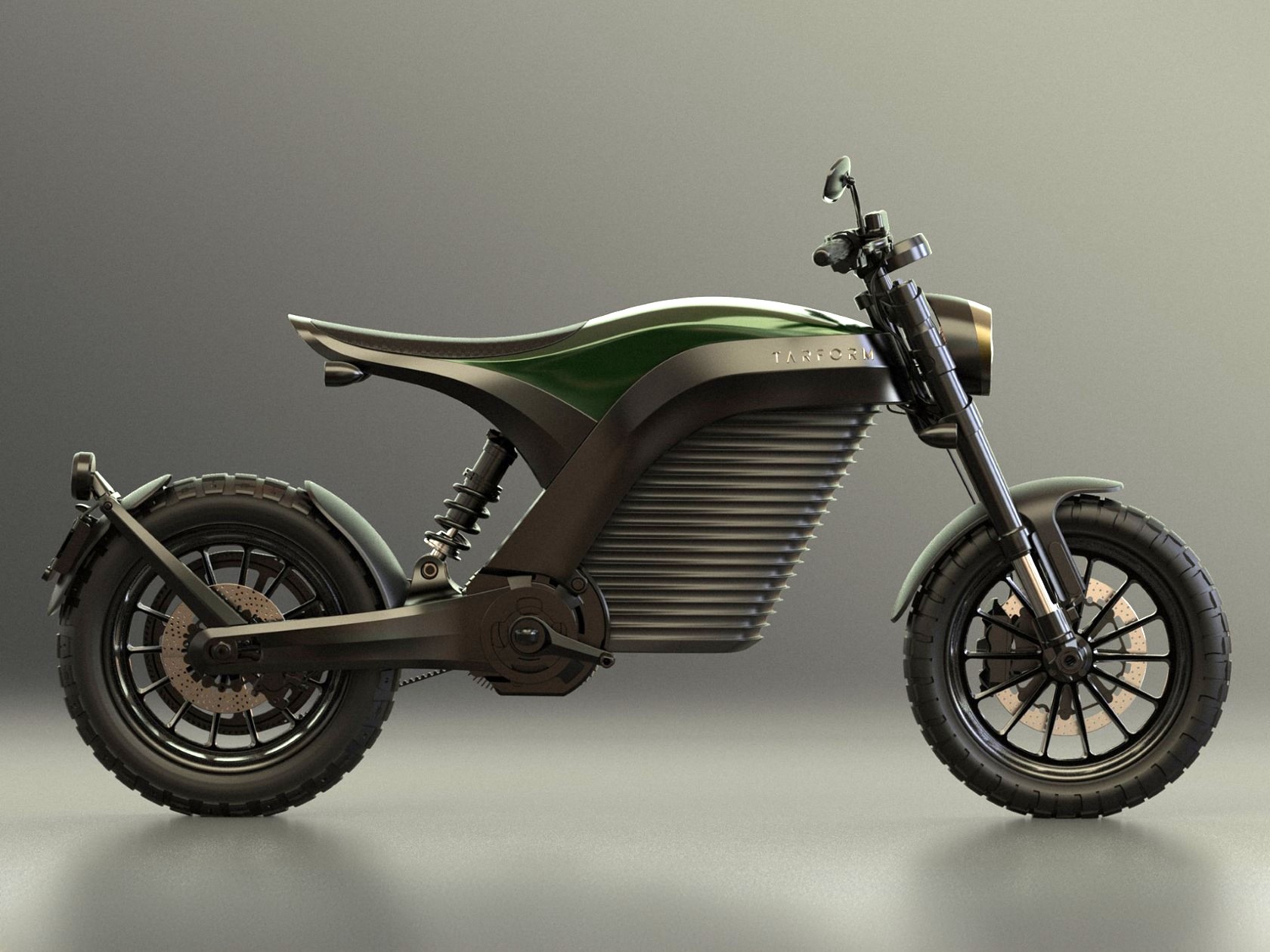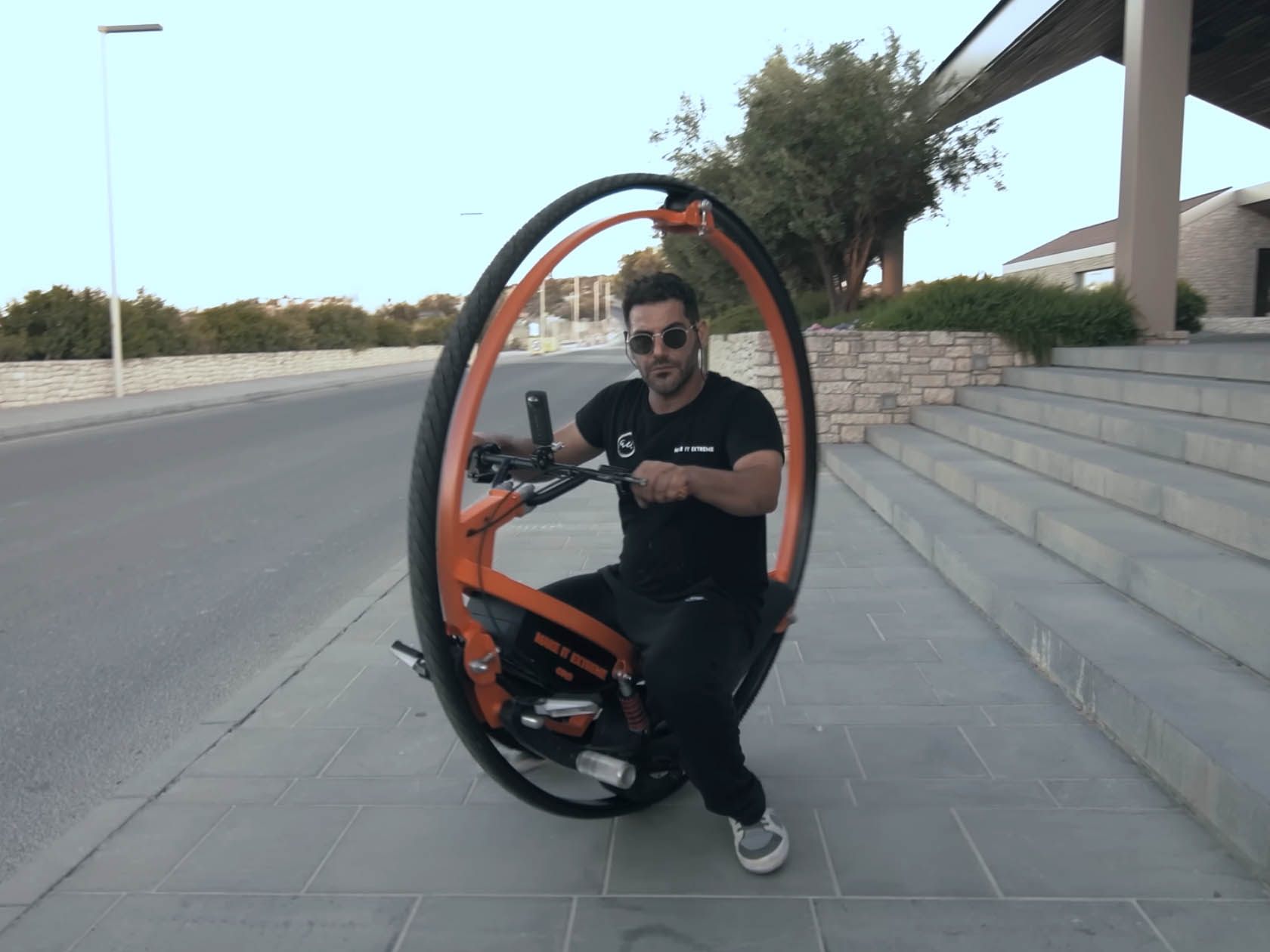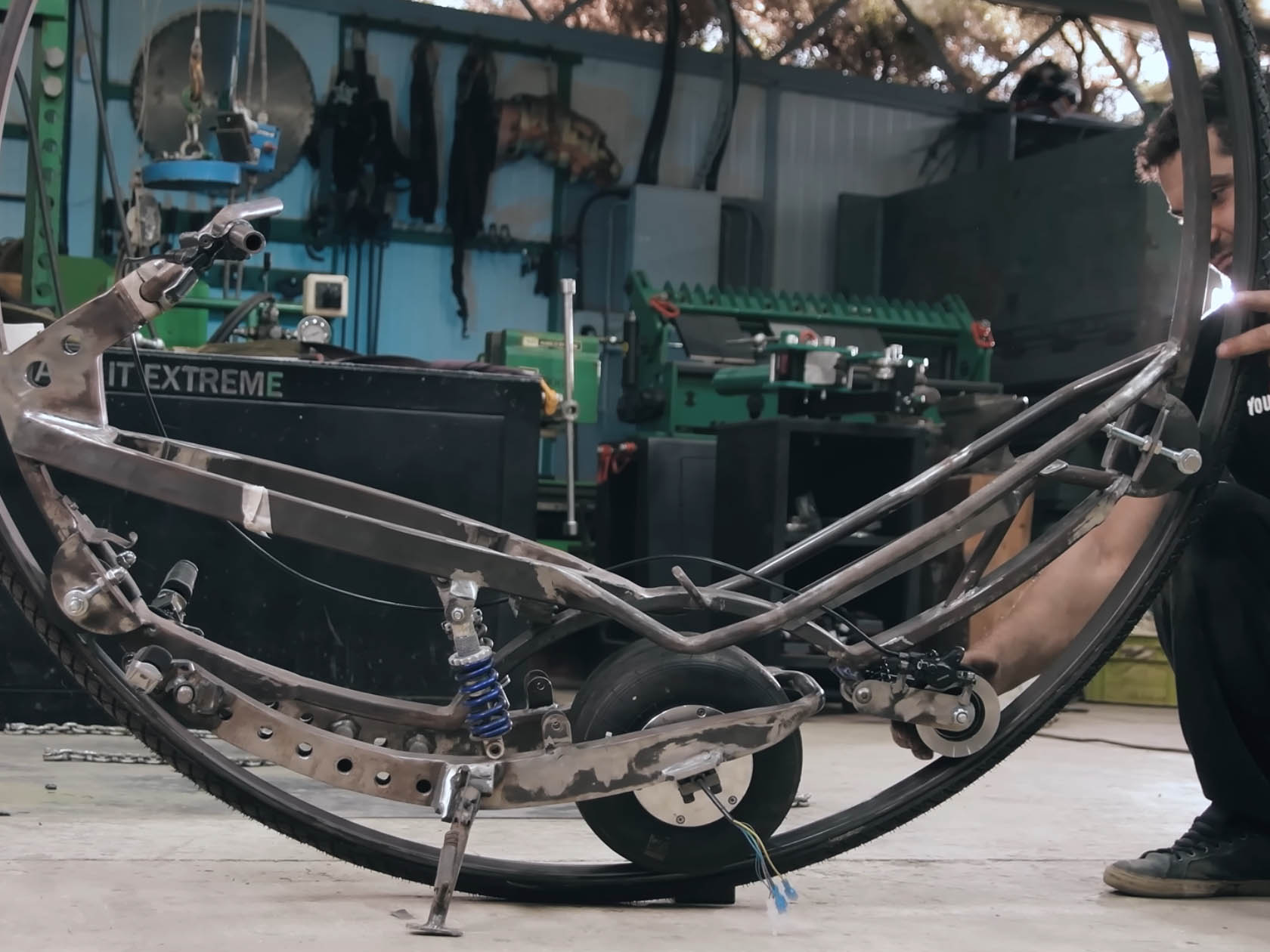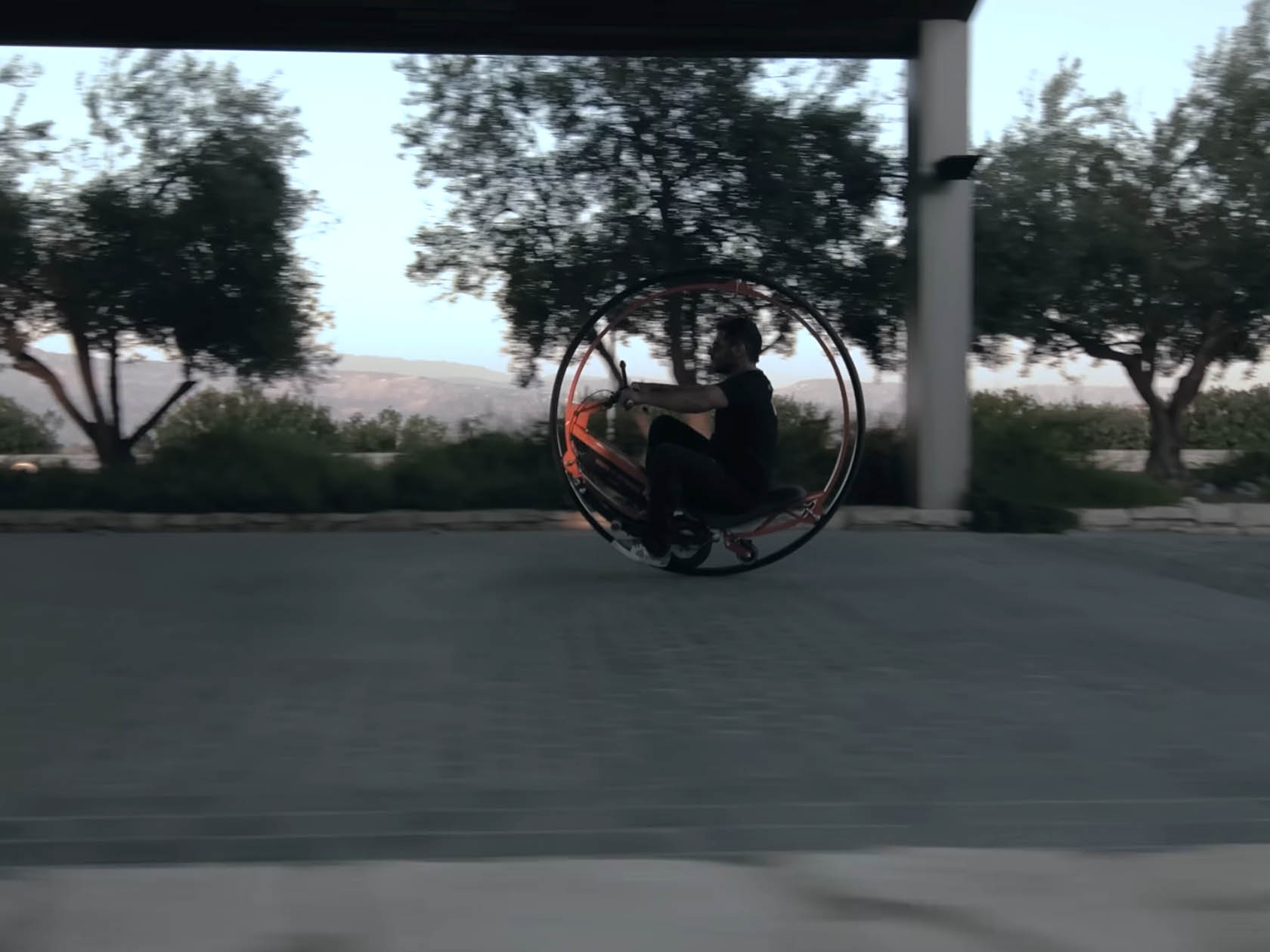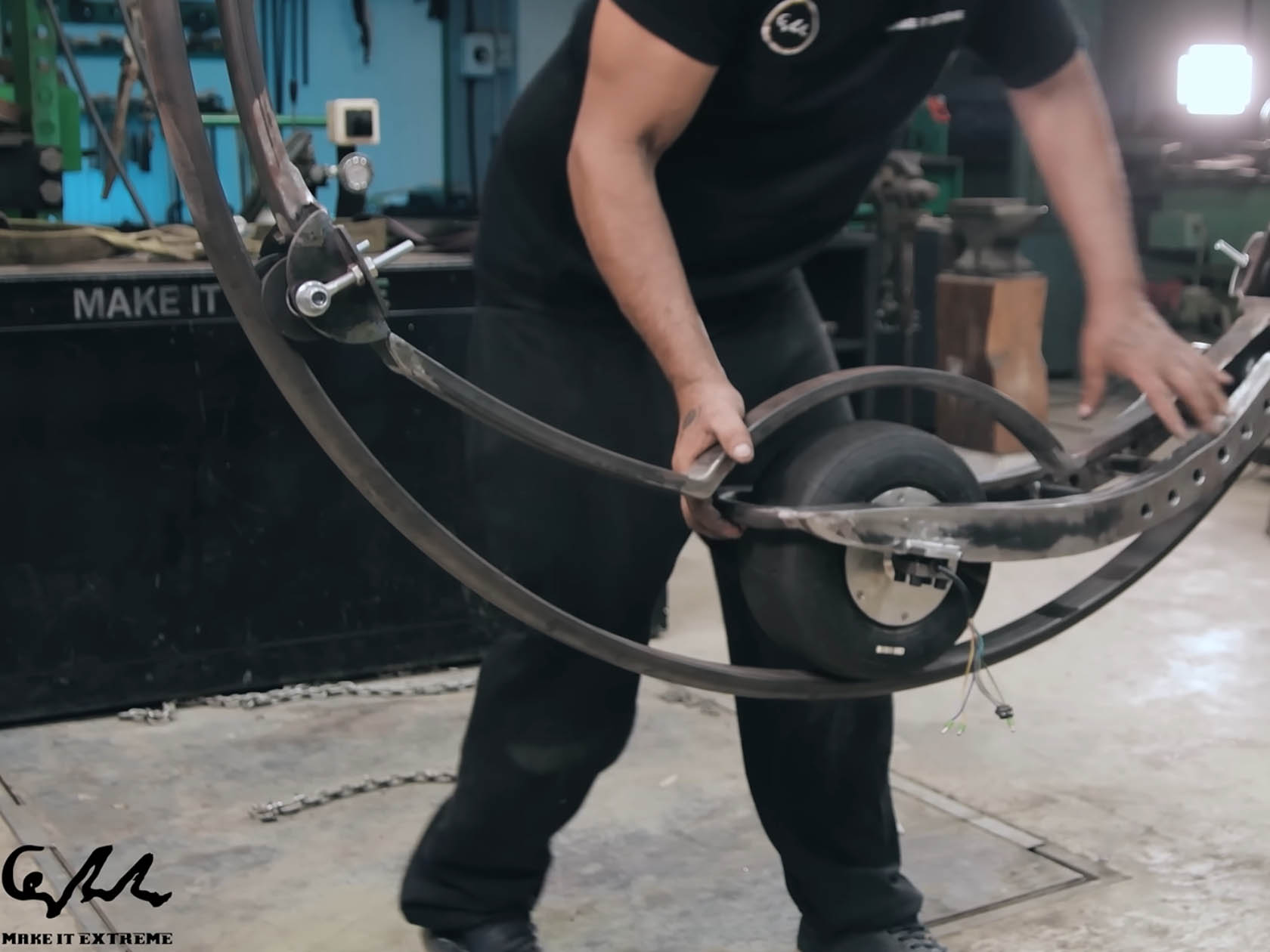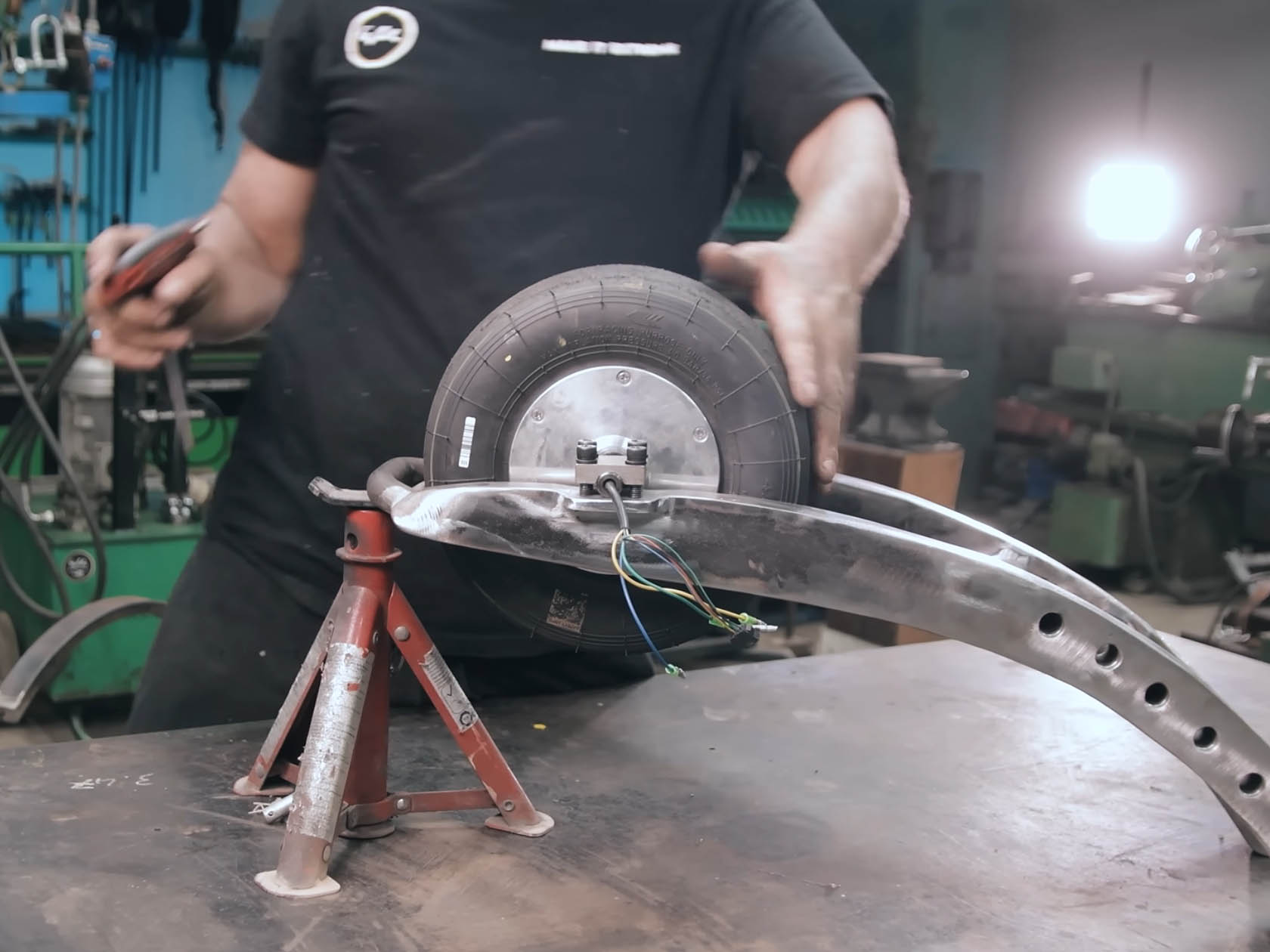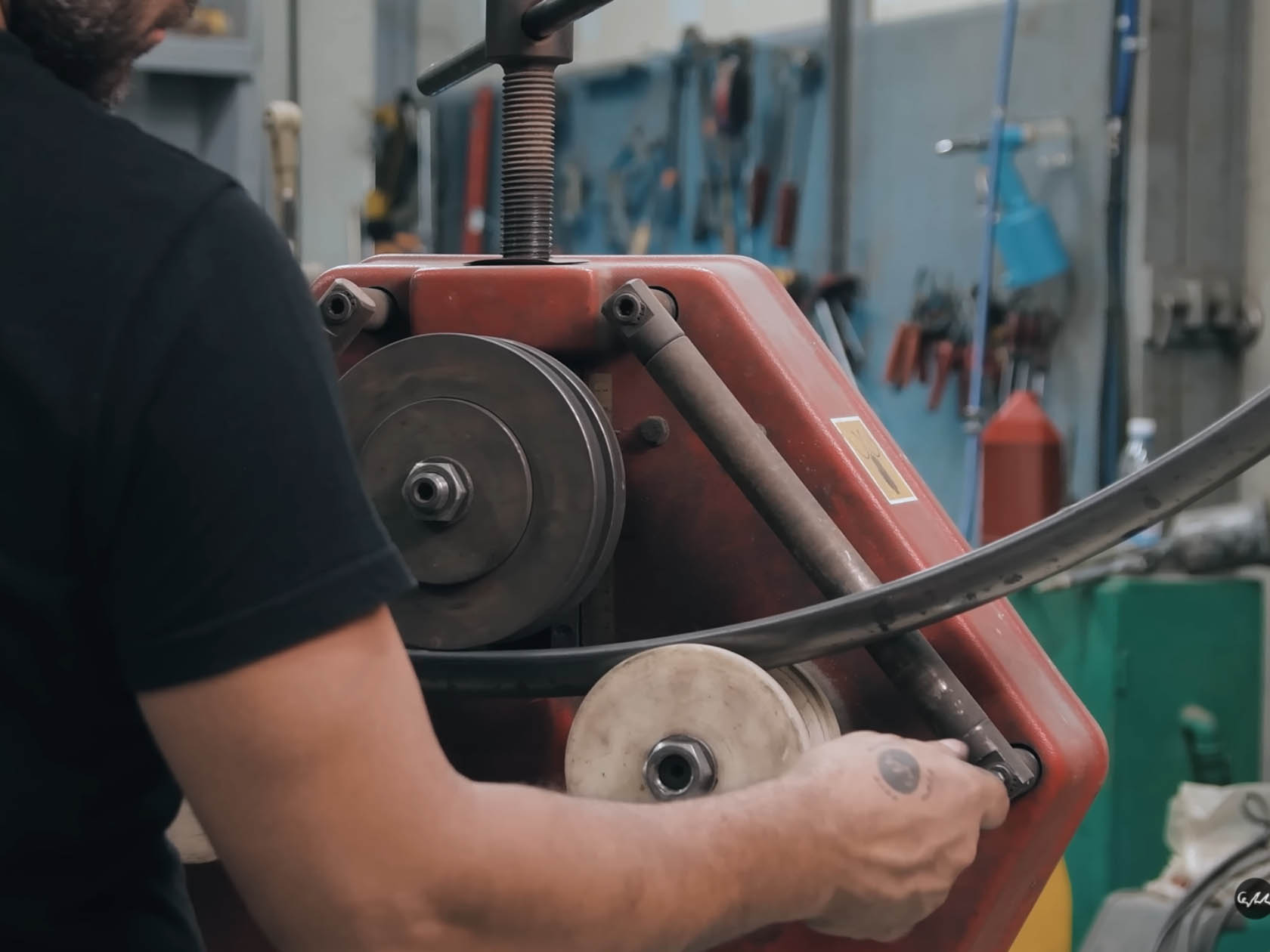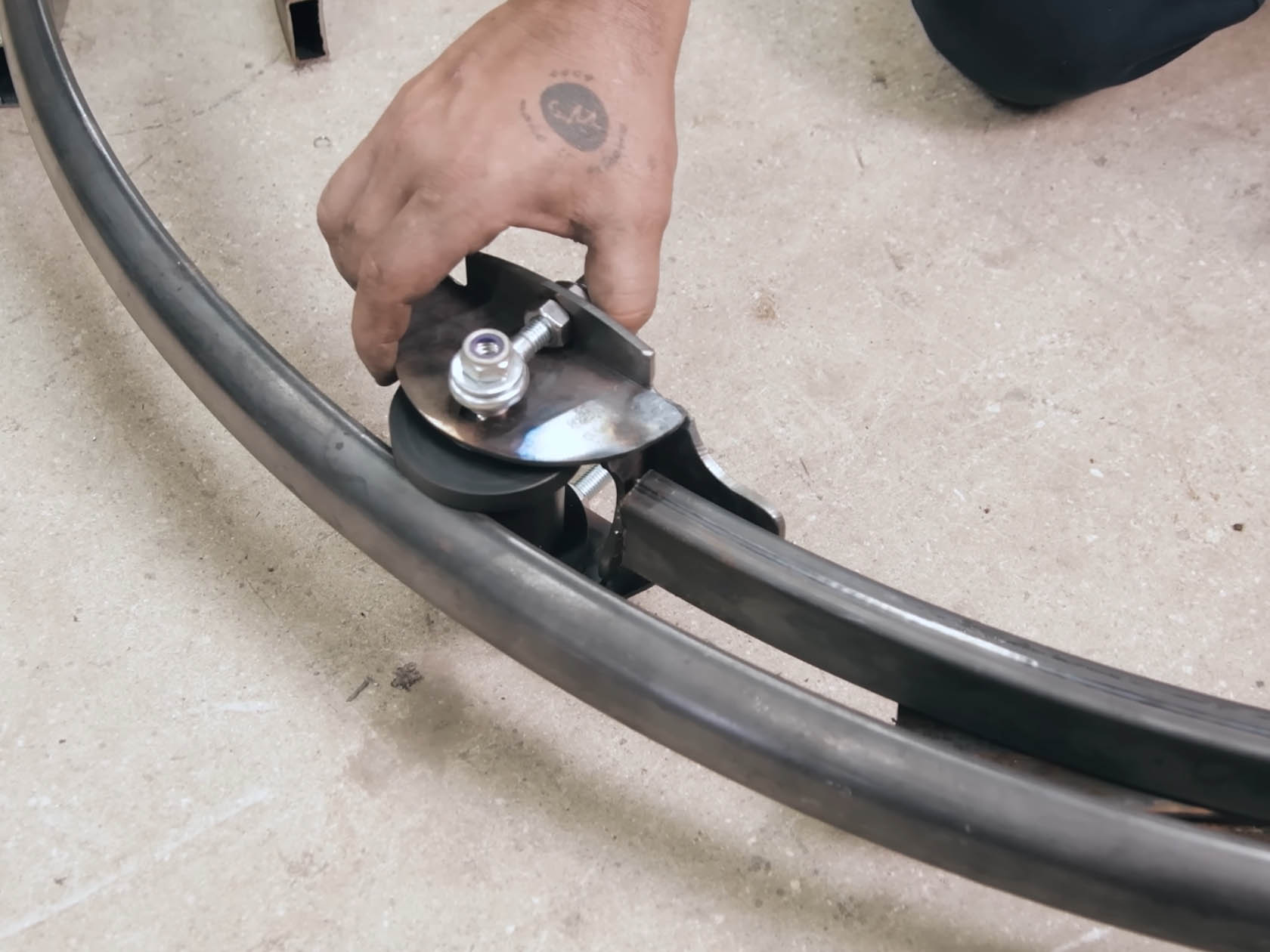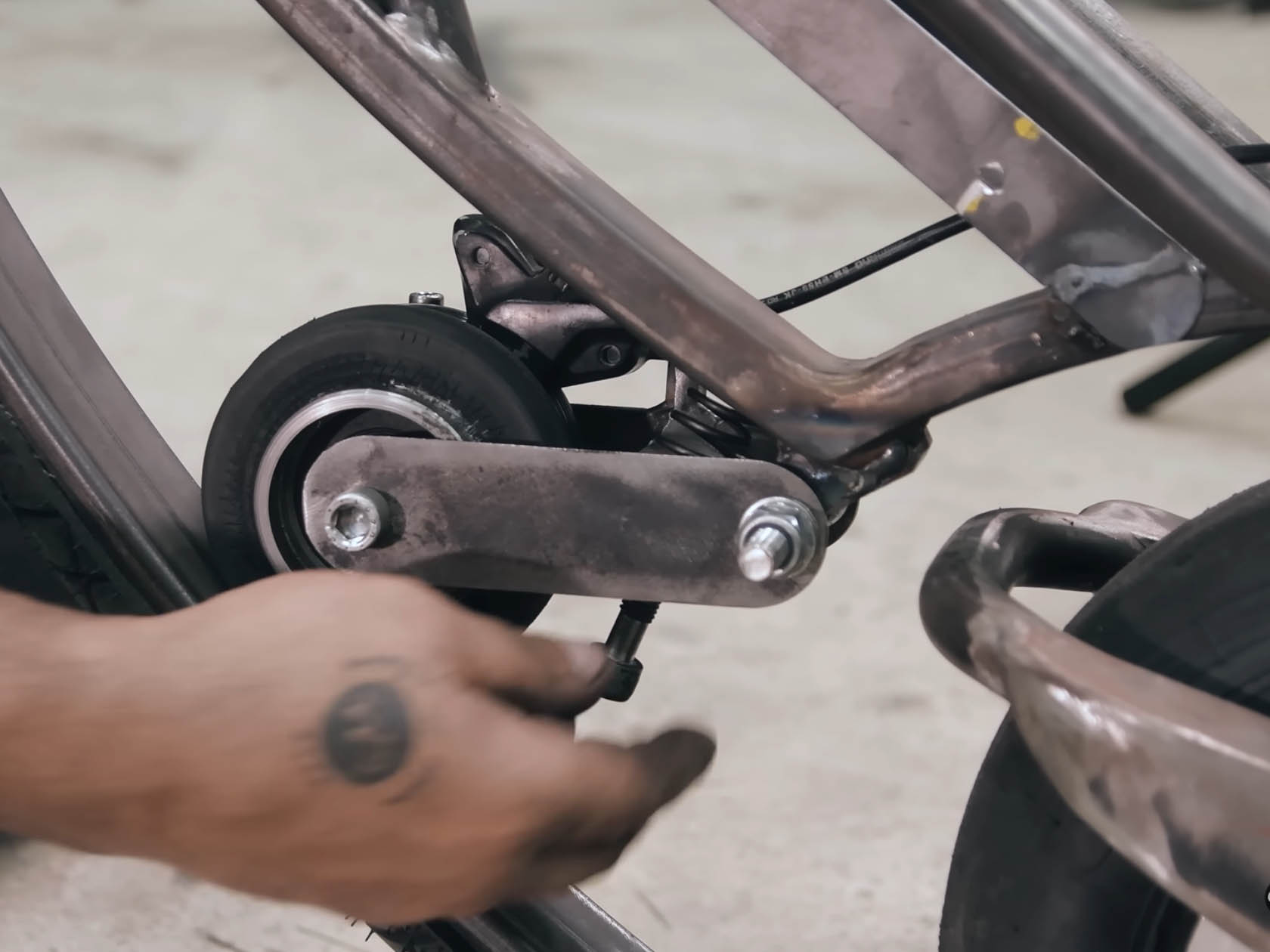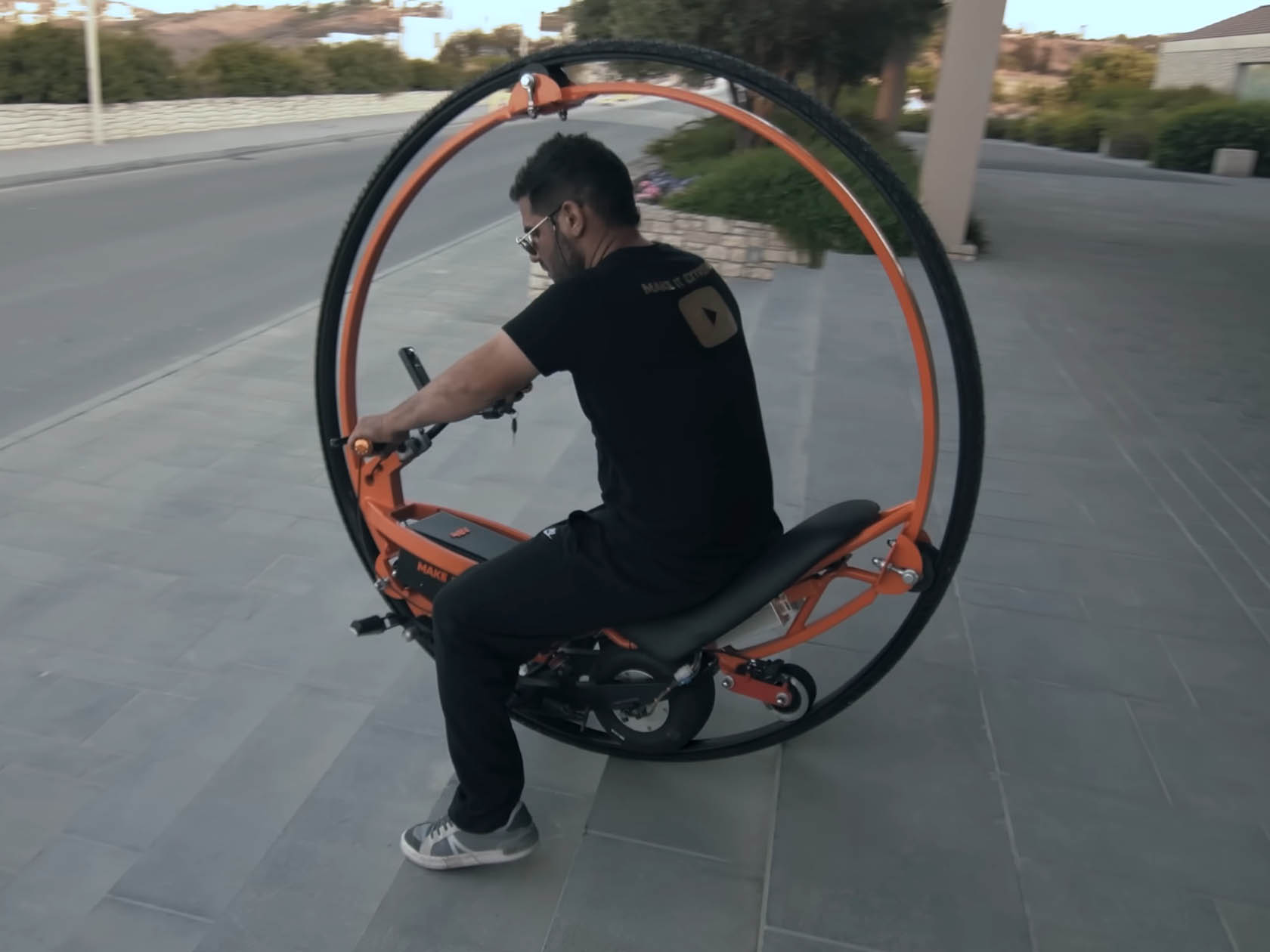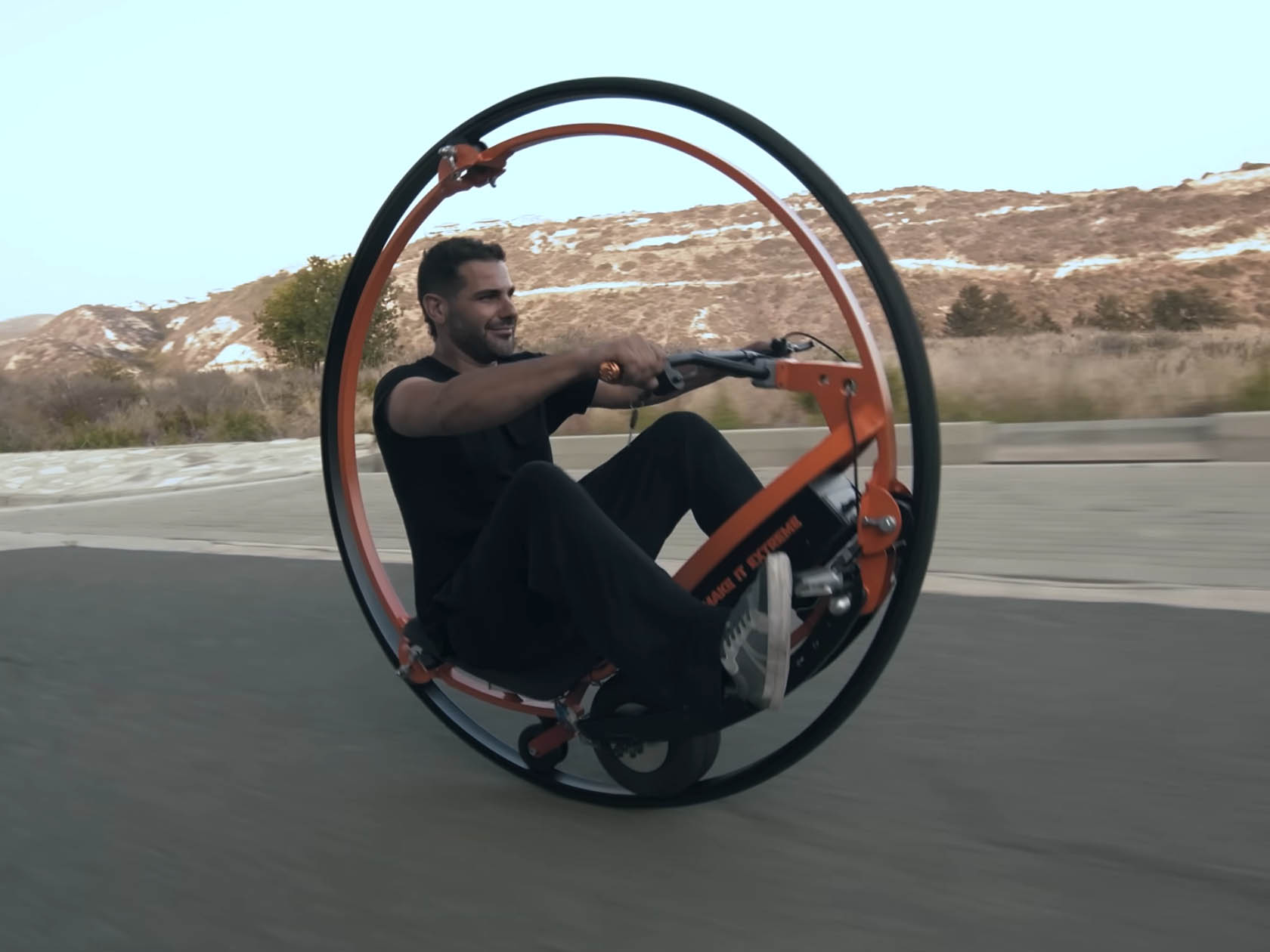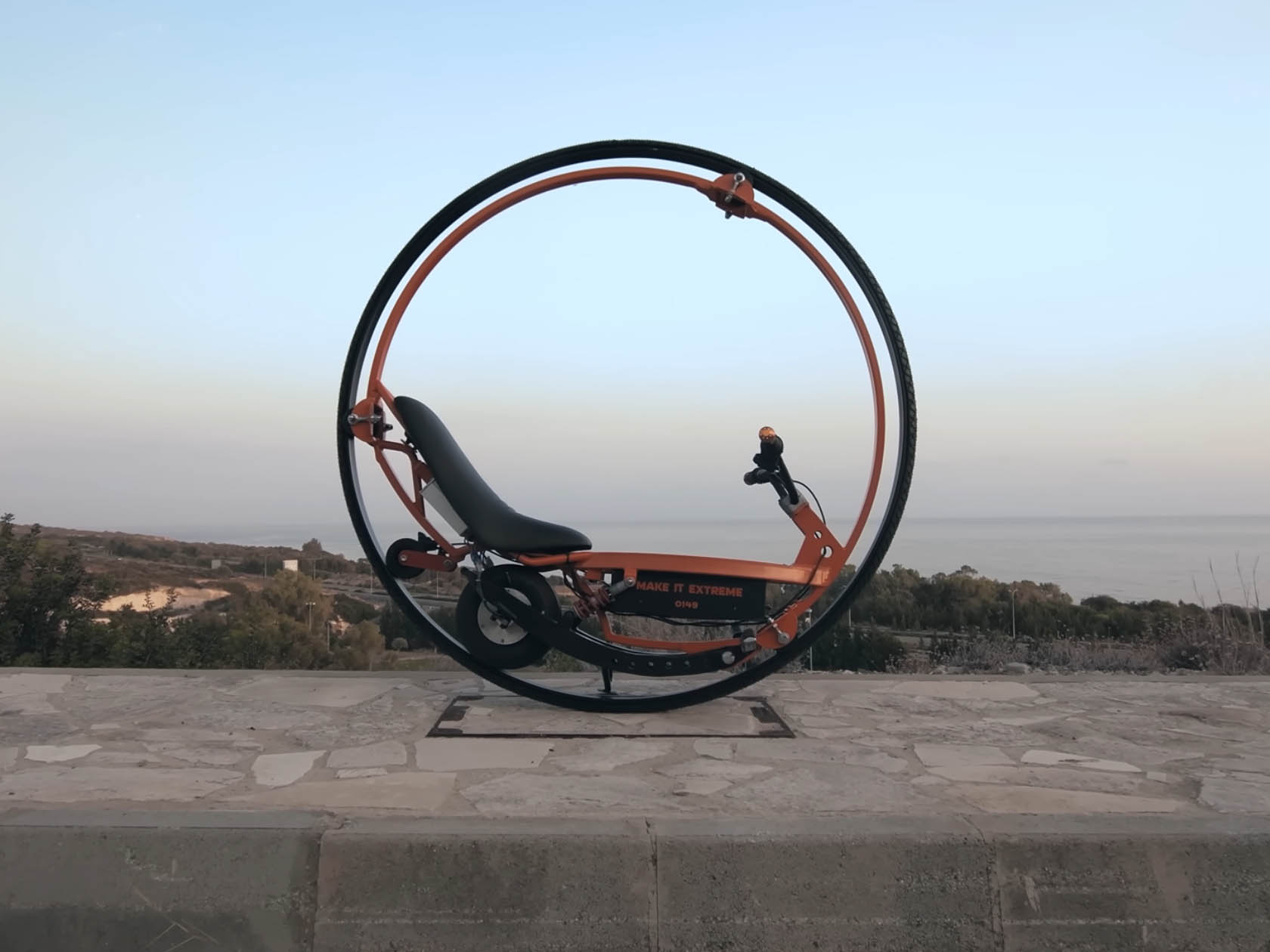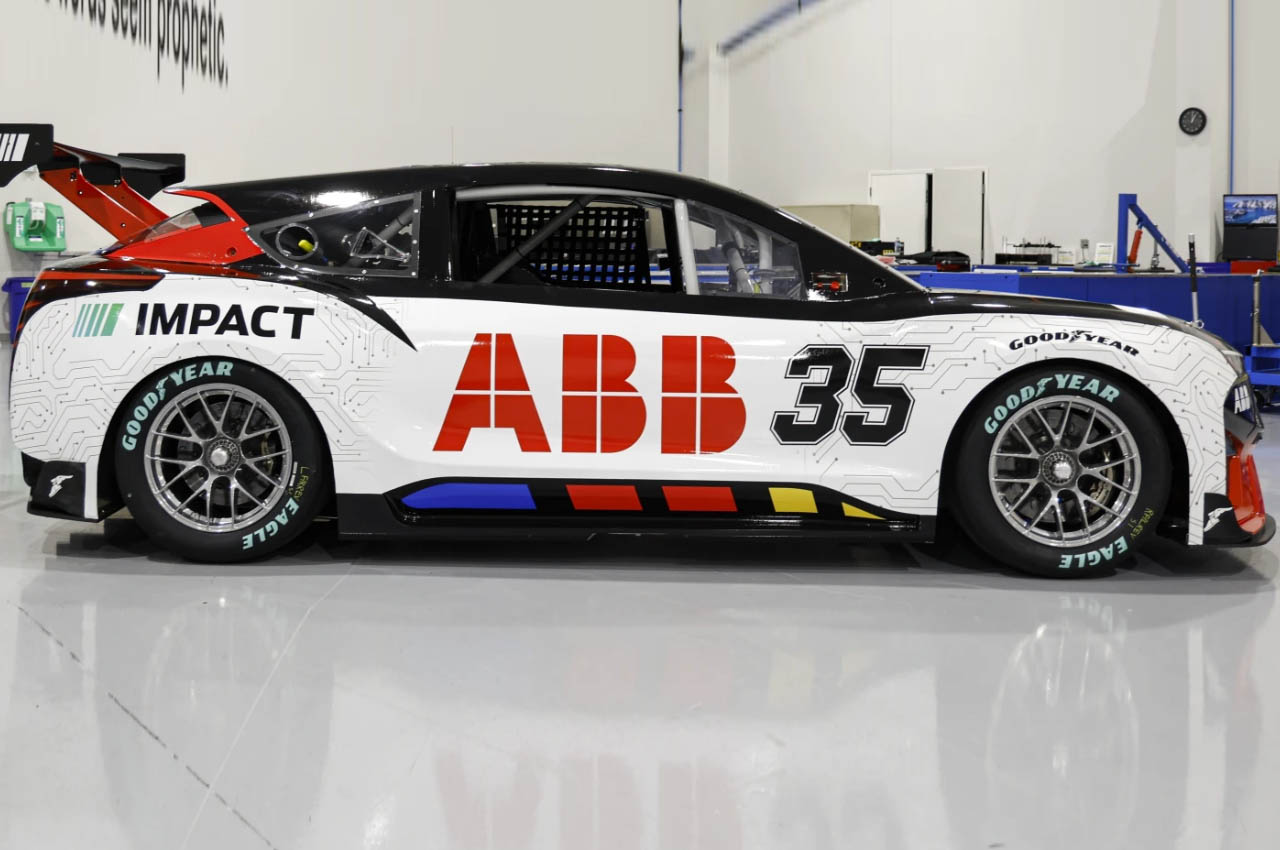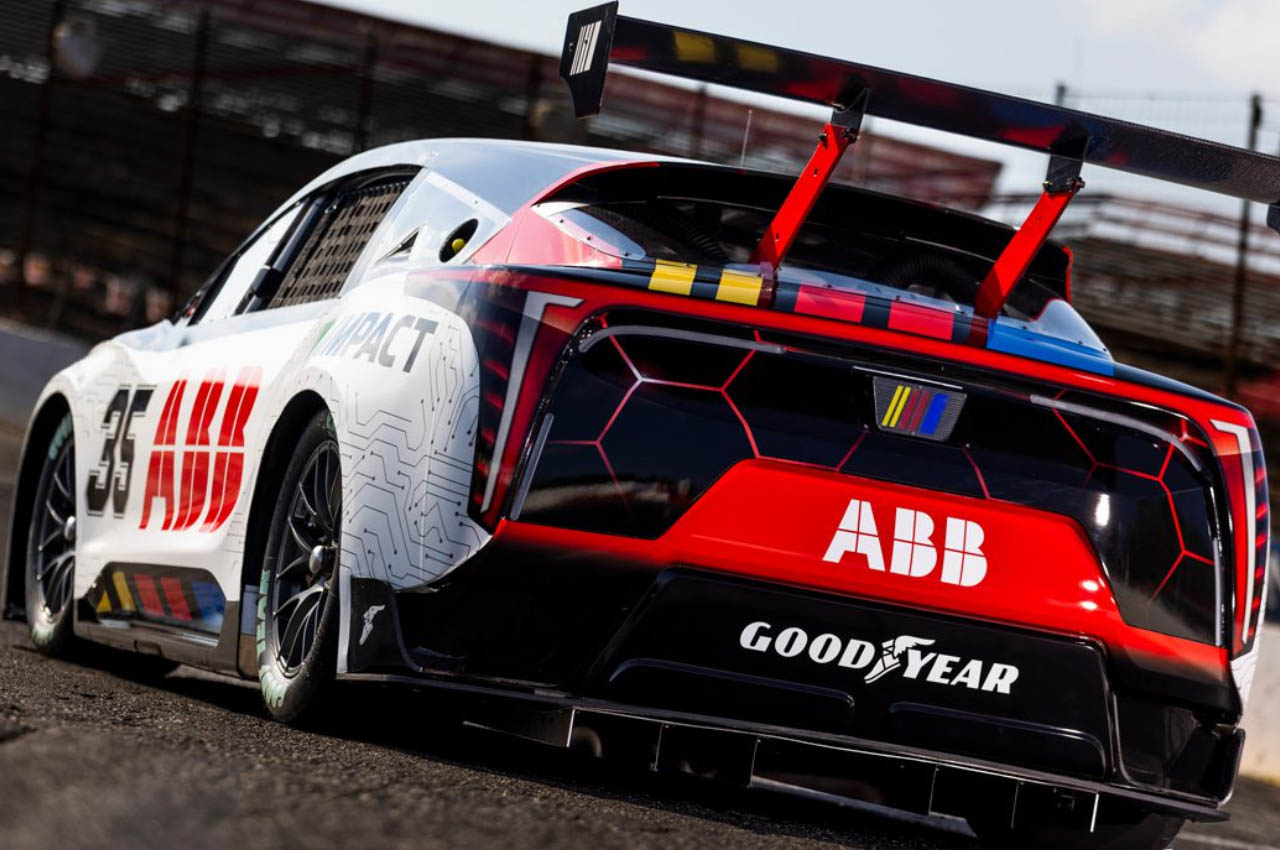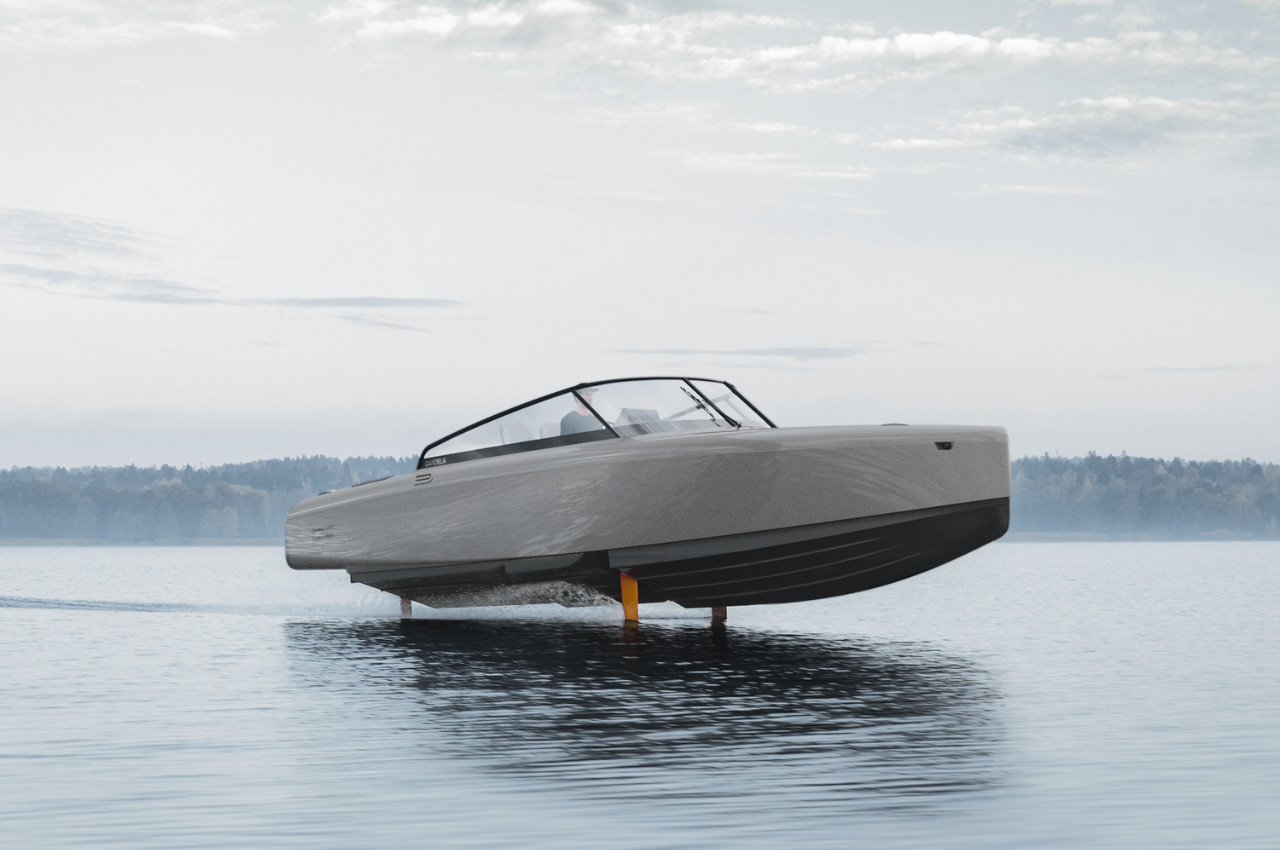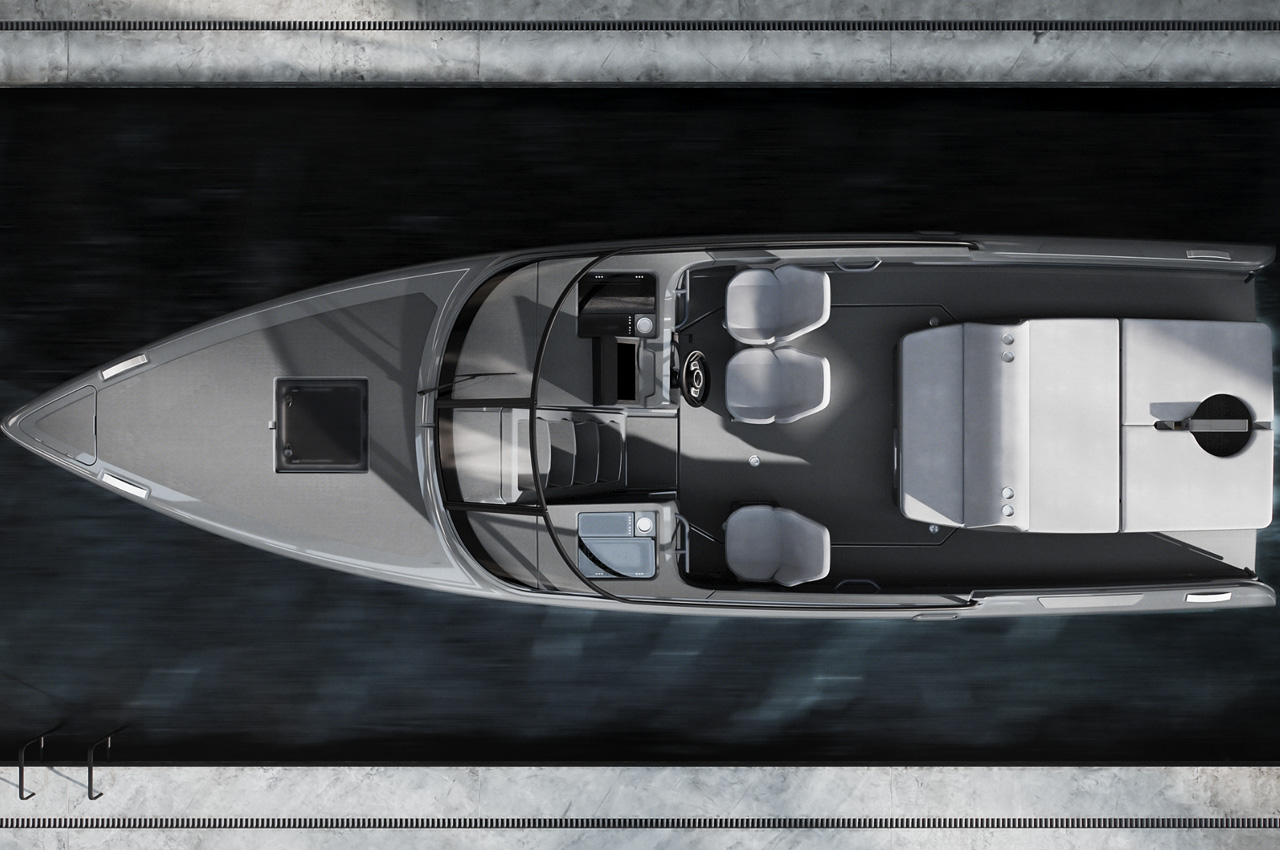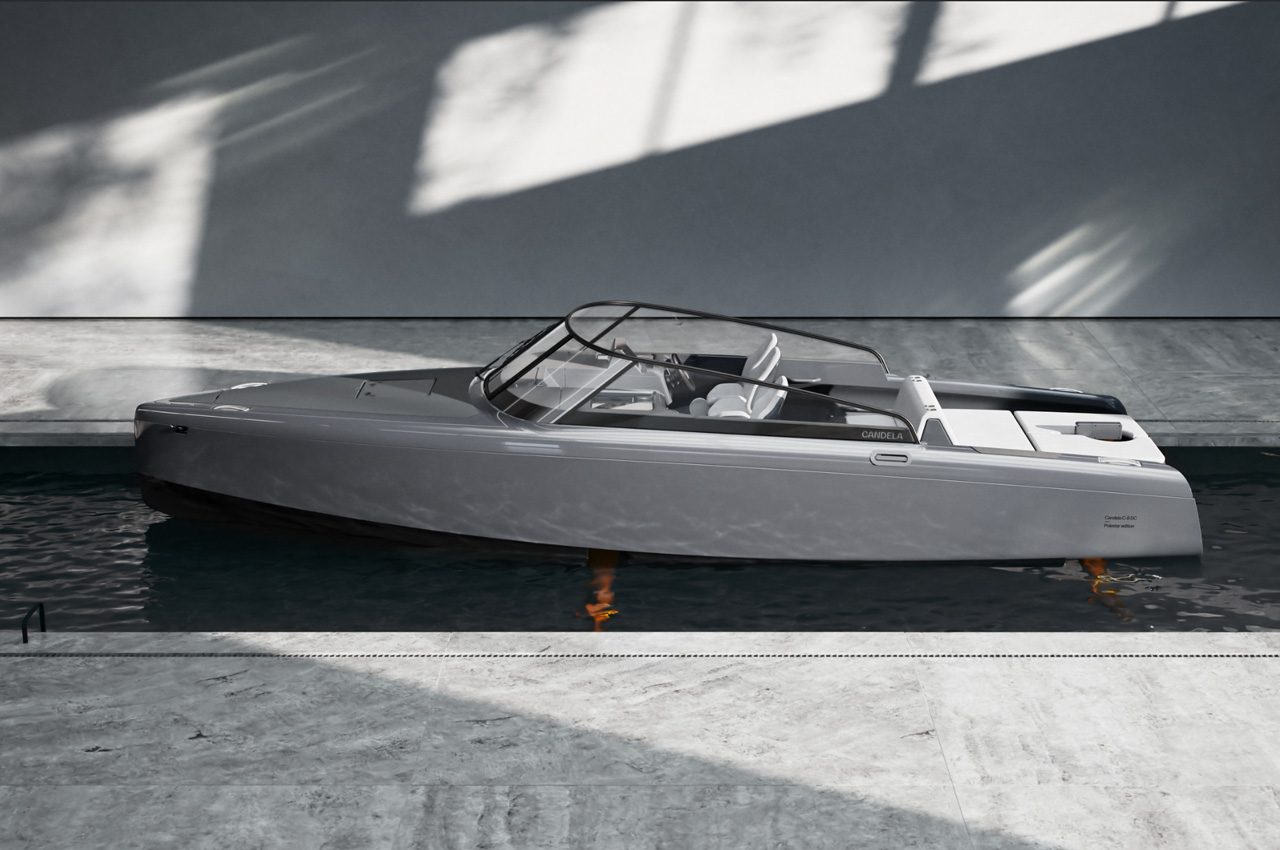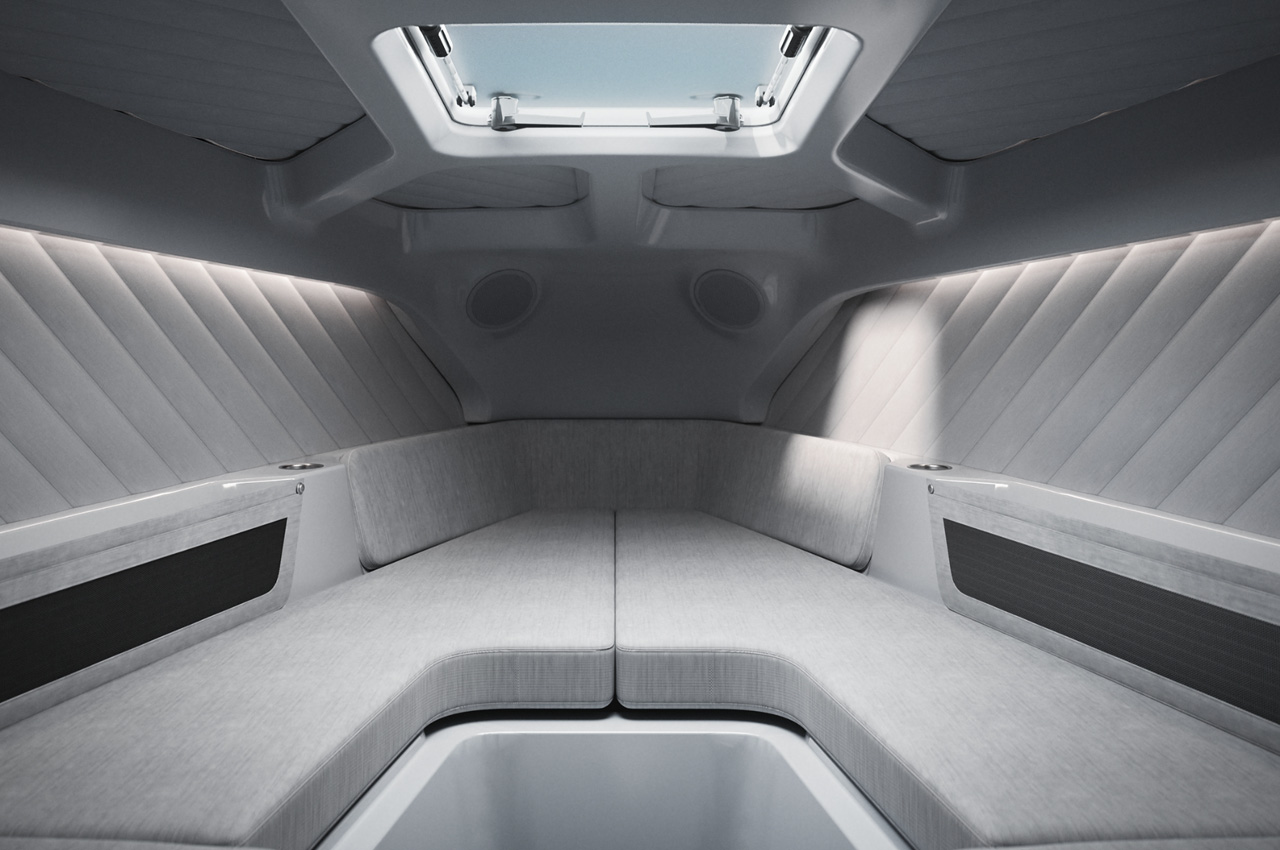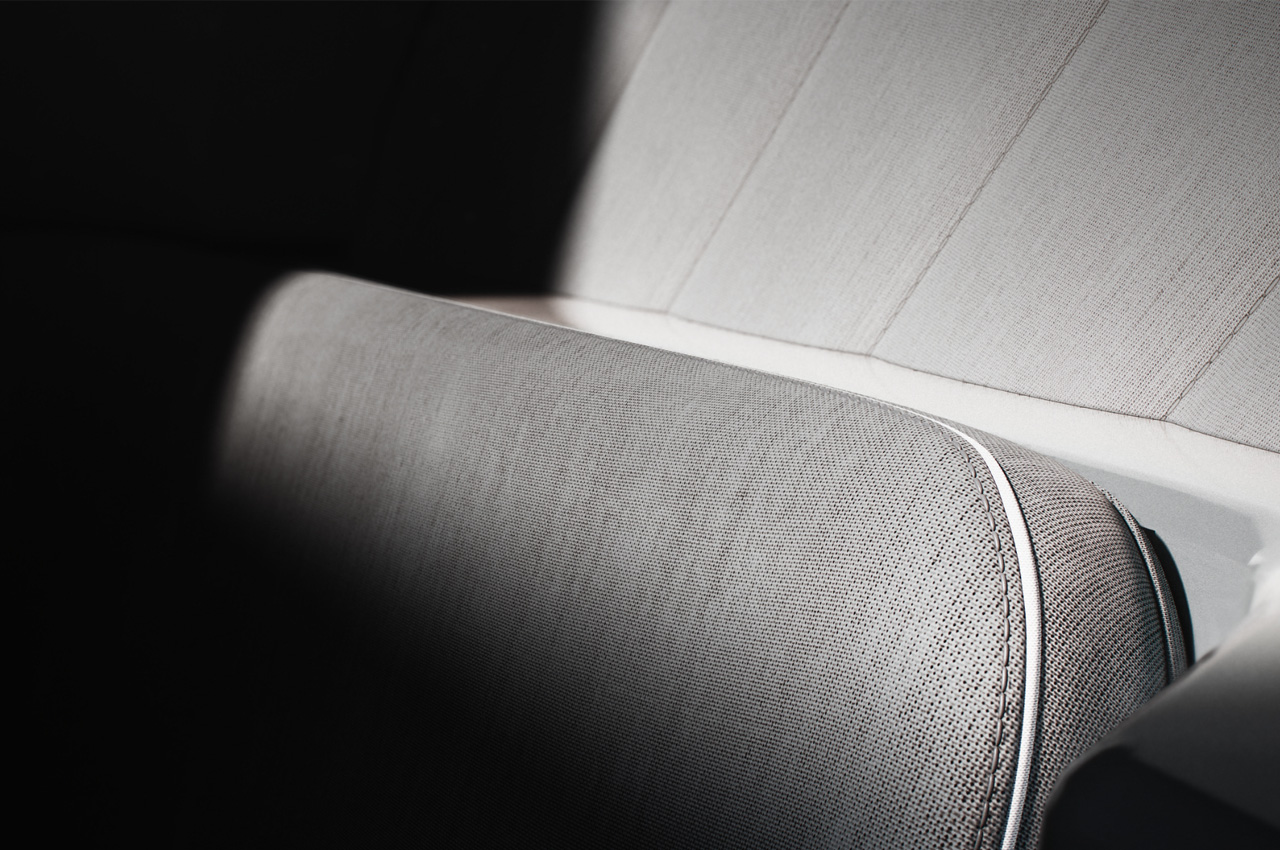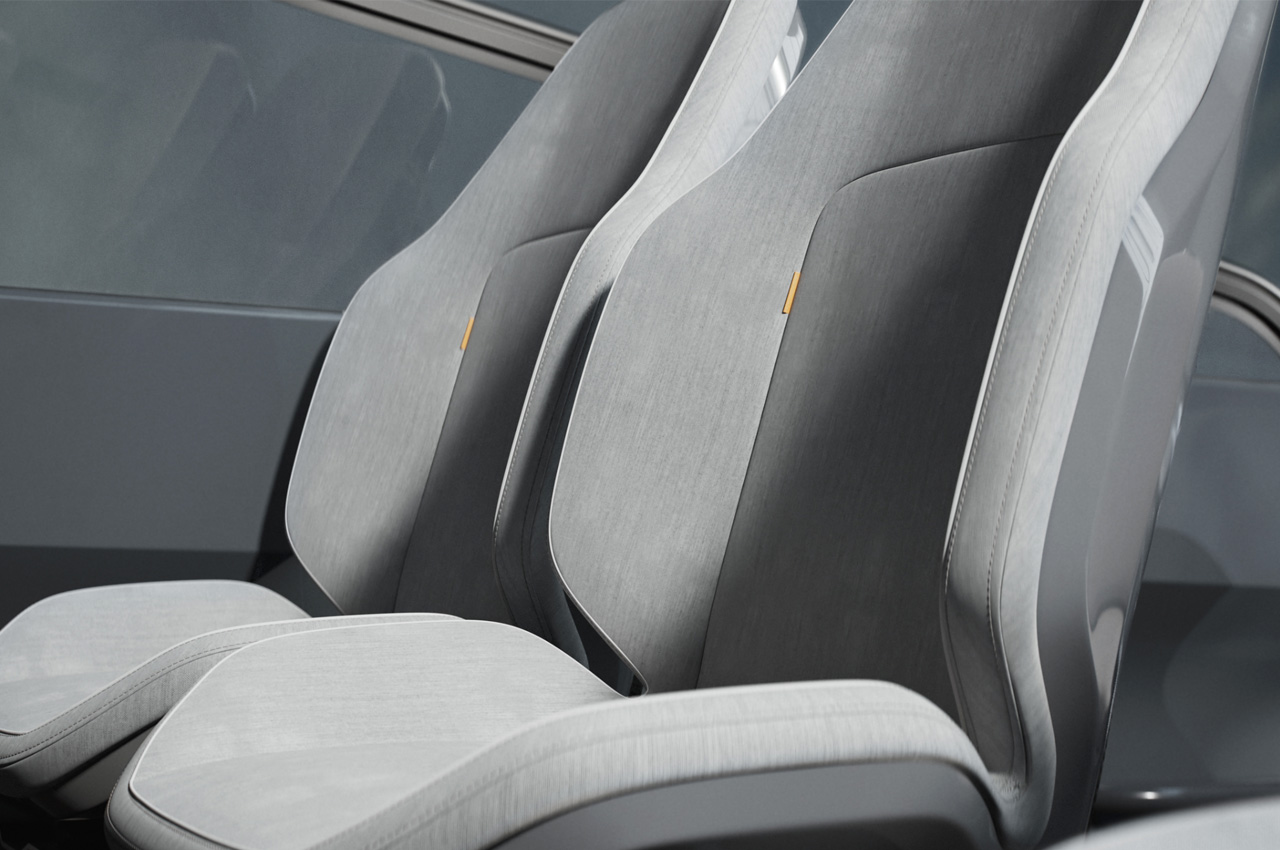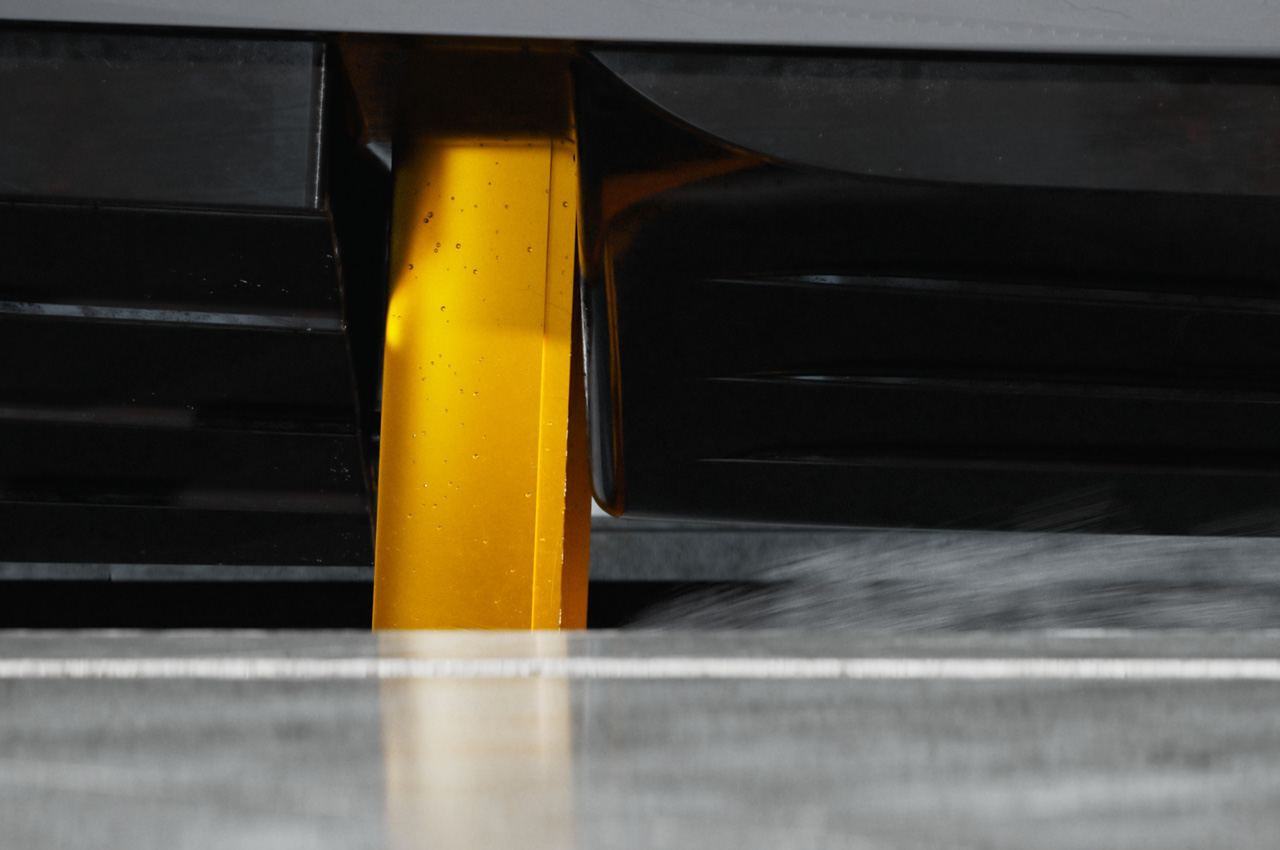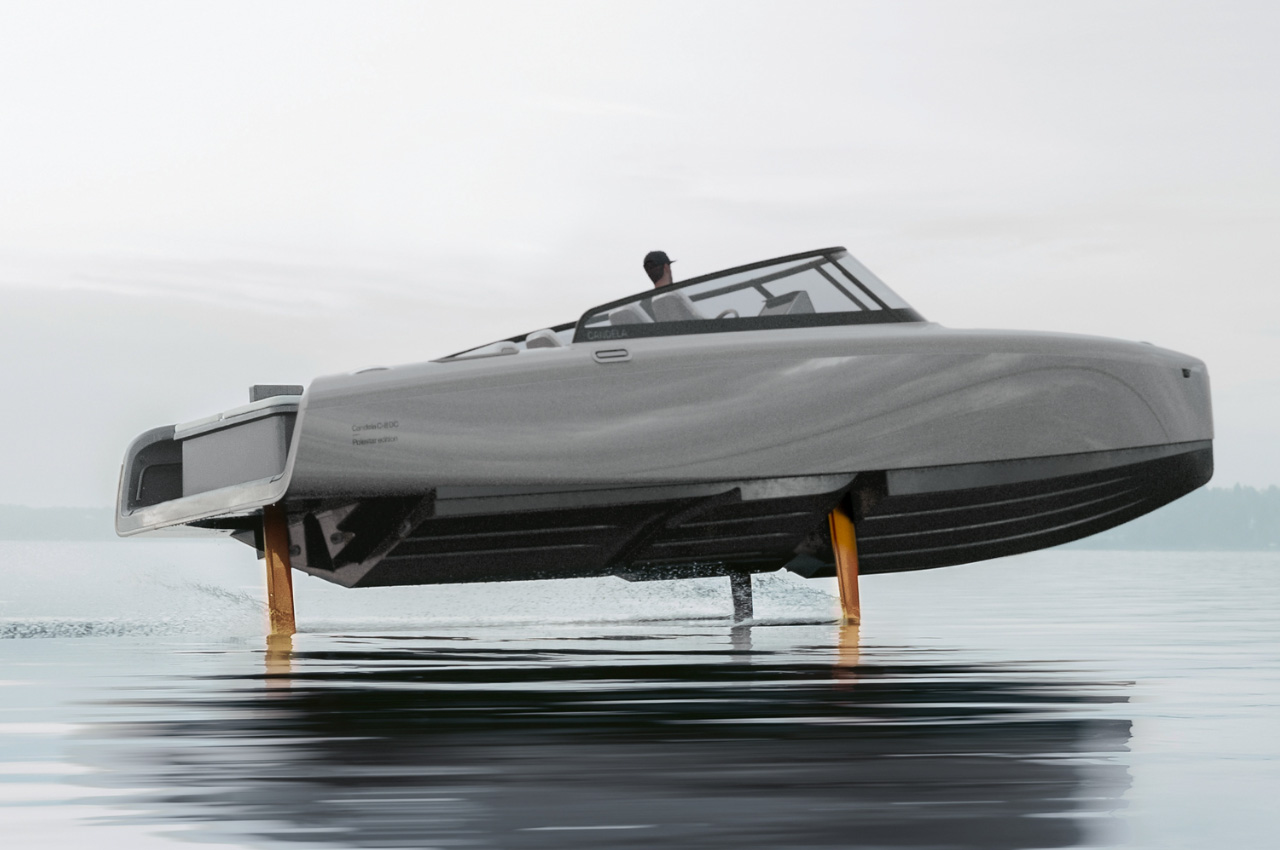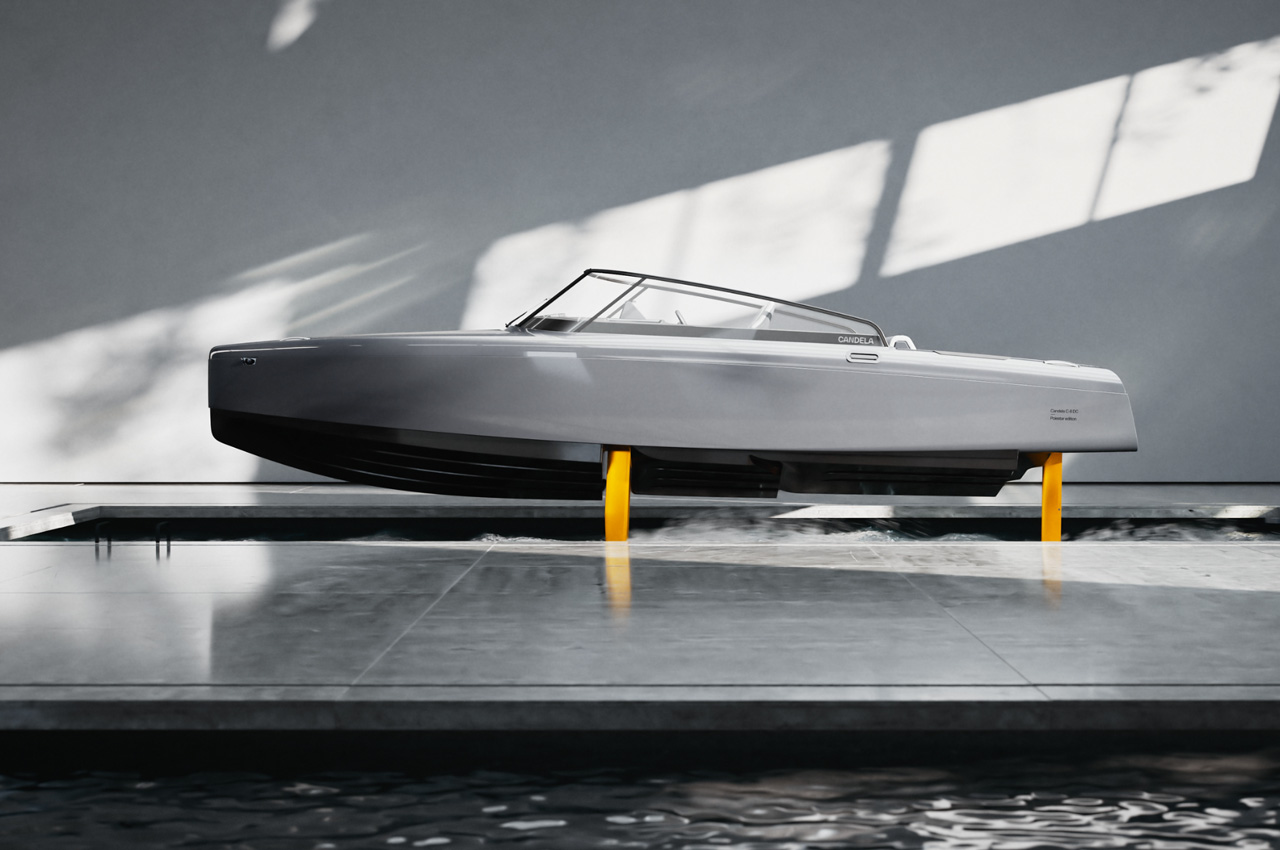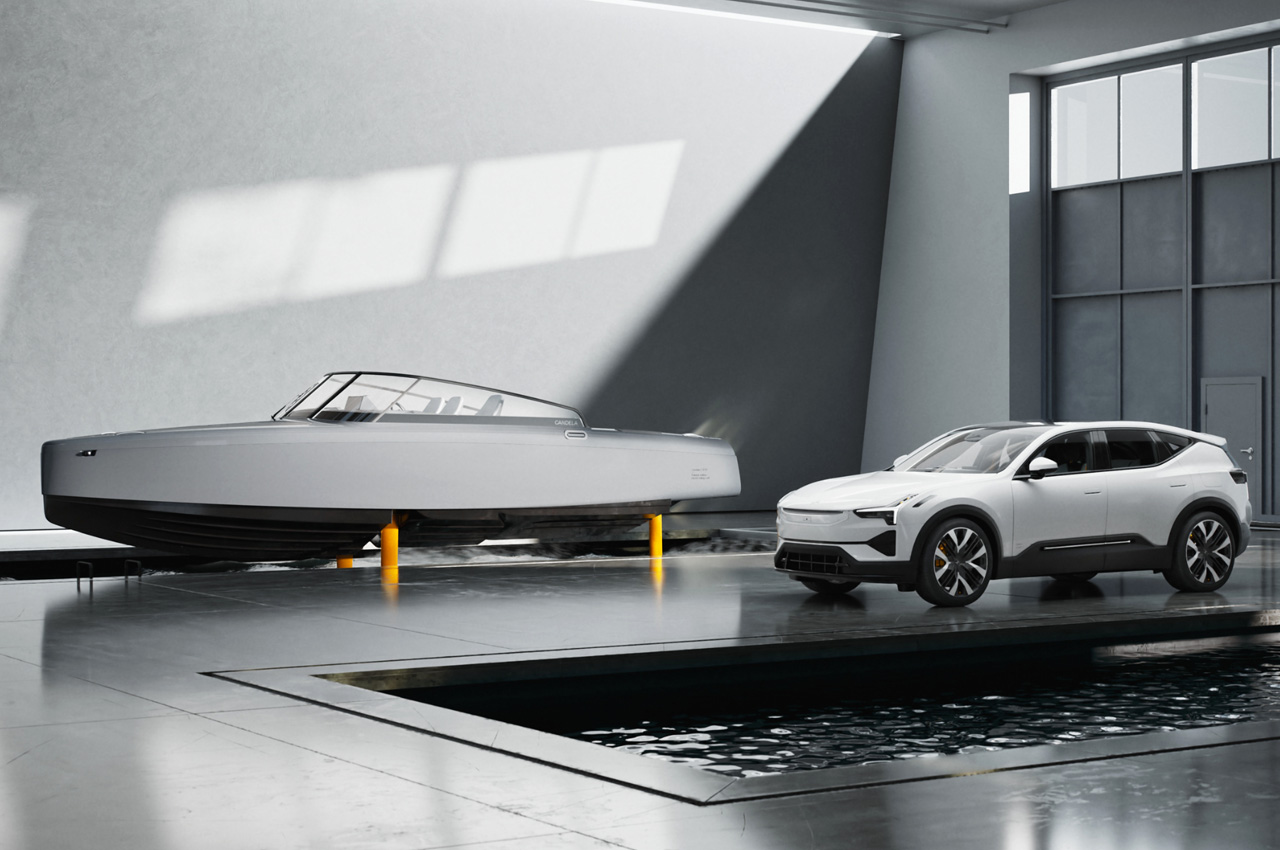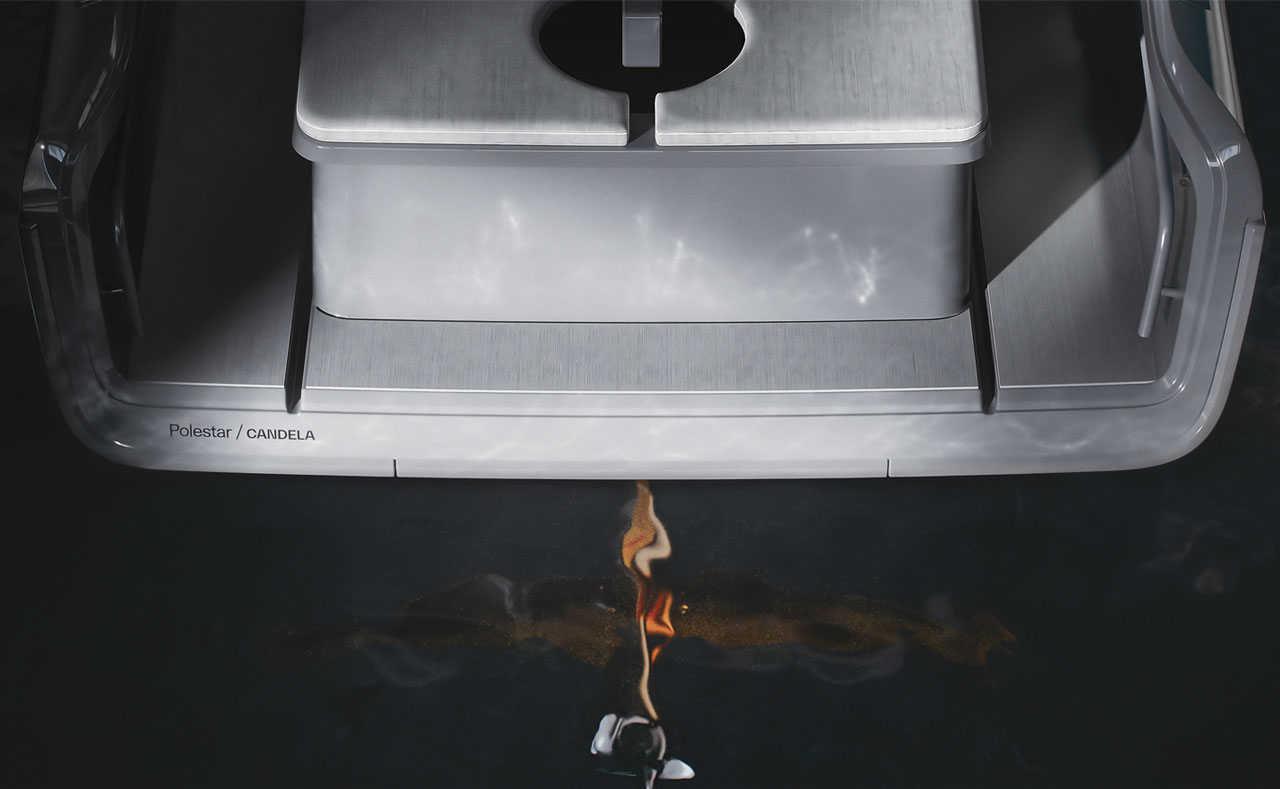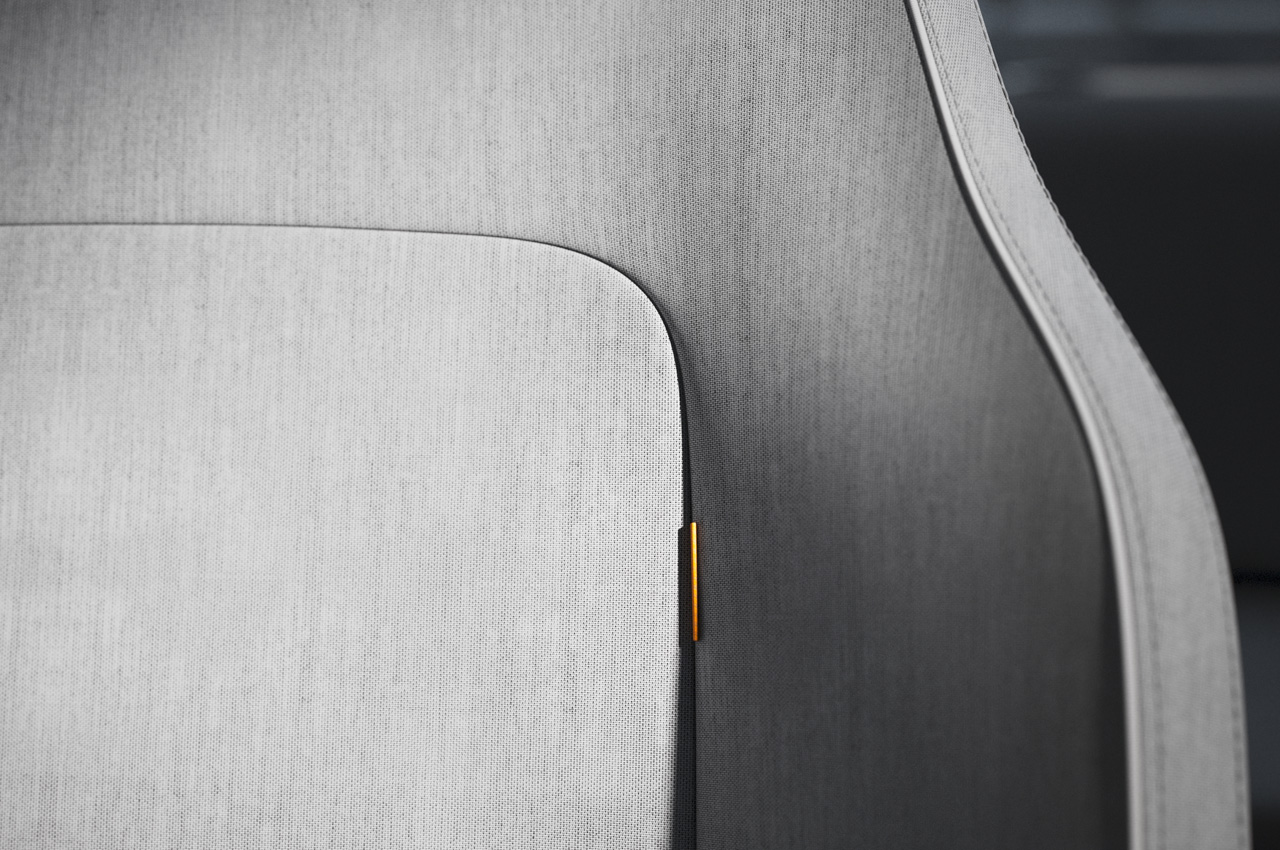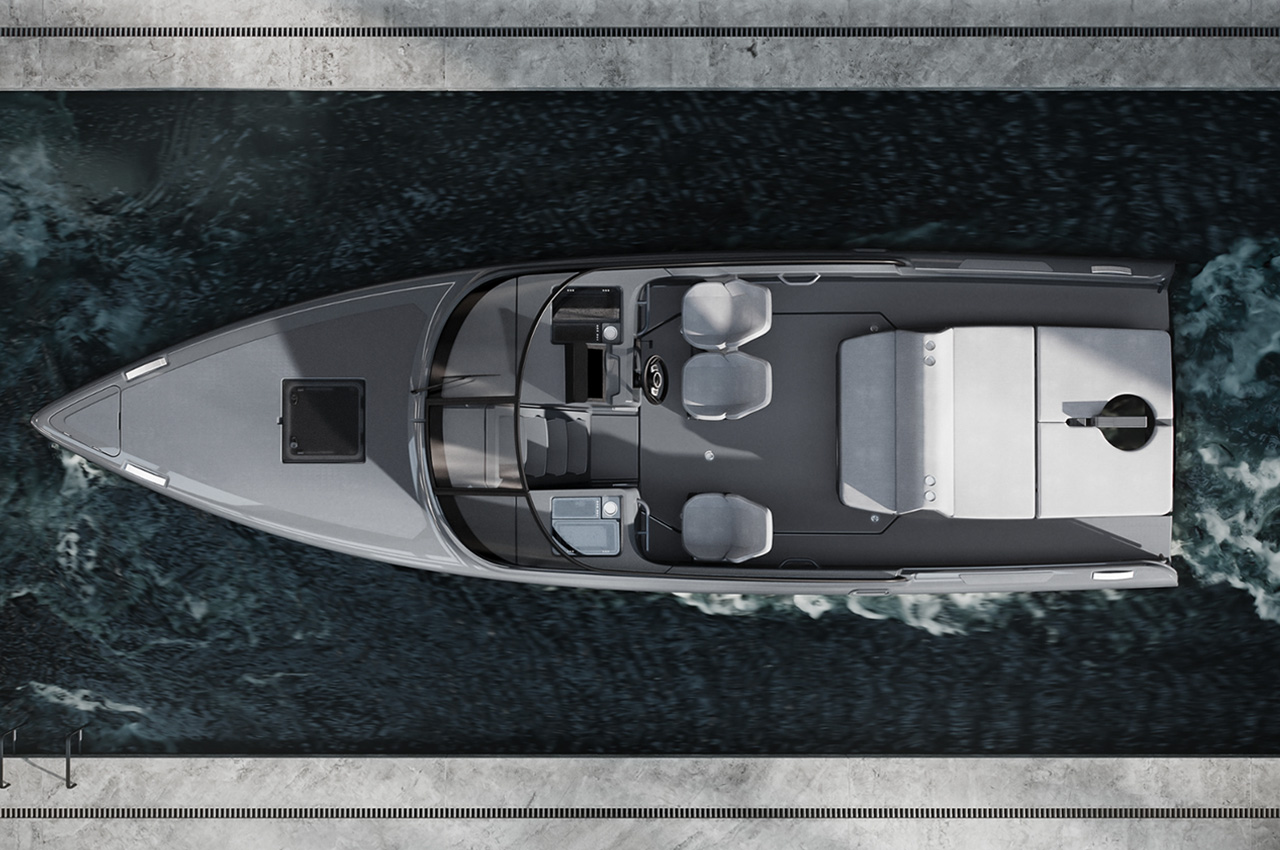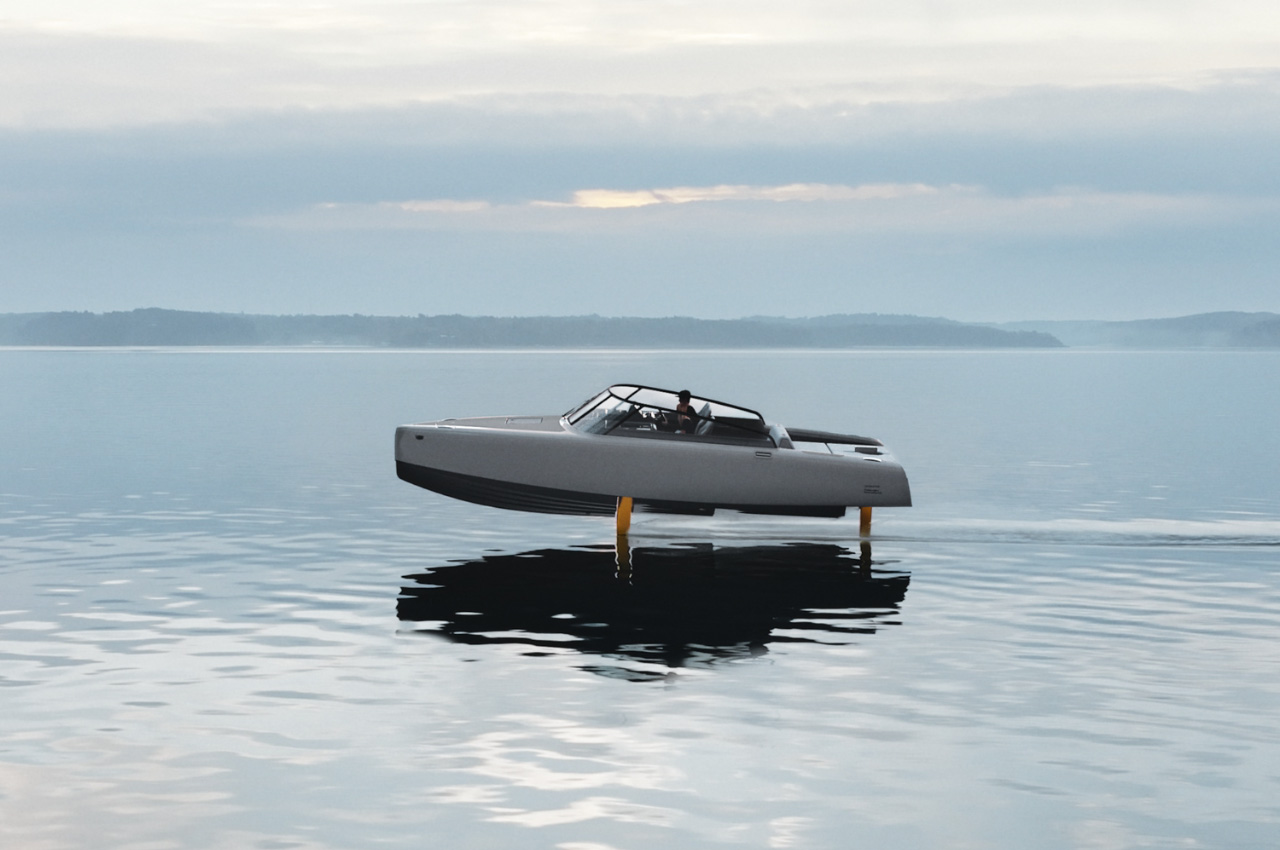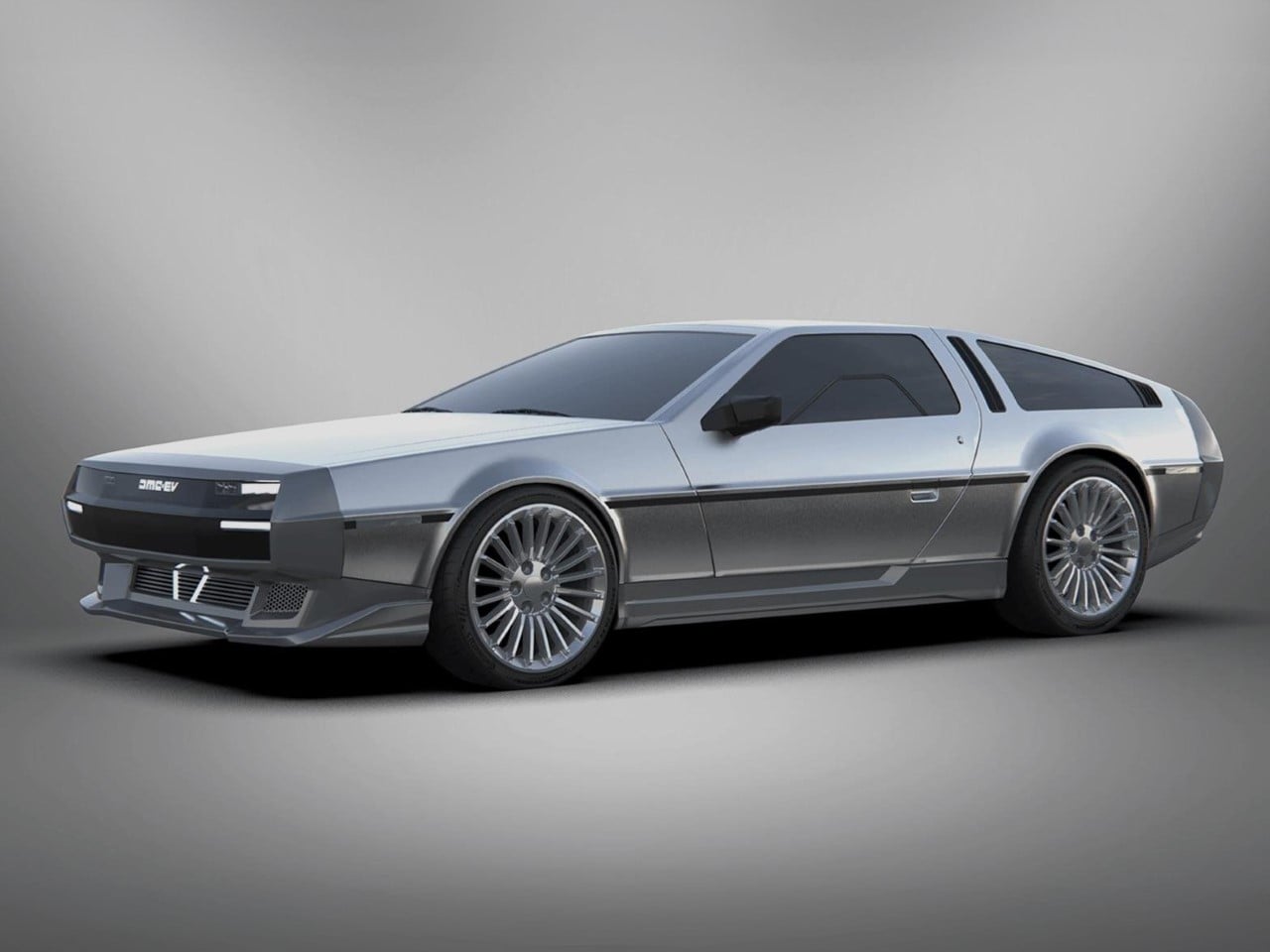
A symbol of the 1980s and cinematic nostalgia, the DeLorean is making its comeback… not as a relic but rather as a forward-thinking electric vehicle. Lynx Motors, a brand known for its dedication to reviving classic sports cars, has announced the launch of the DMC-EV. This modern reimagining of the iconic DeLorean DMC-12 combines the car’s legendary design with the latest in electric vehicle technology, offering a unique blend of retro appeal and futuristic innovation.
Designer: Lynx Motors
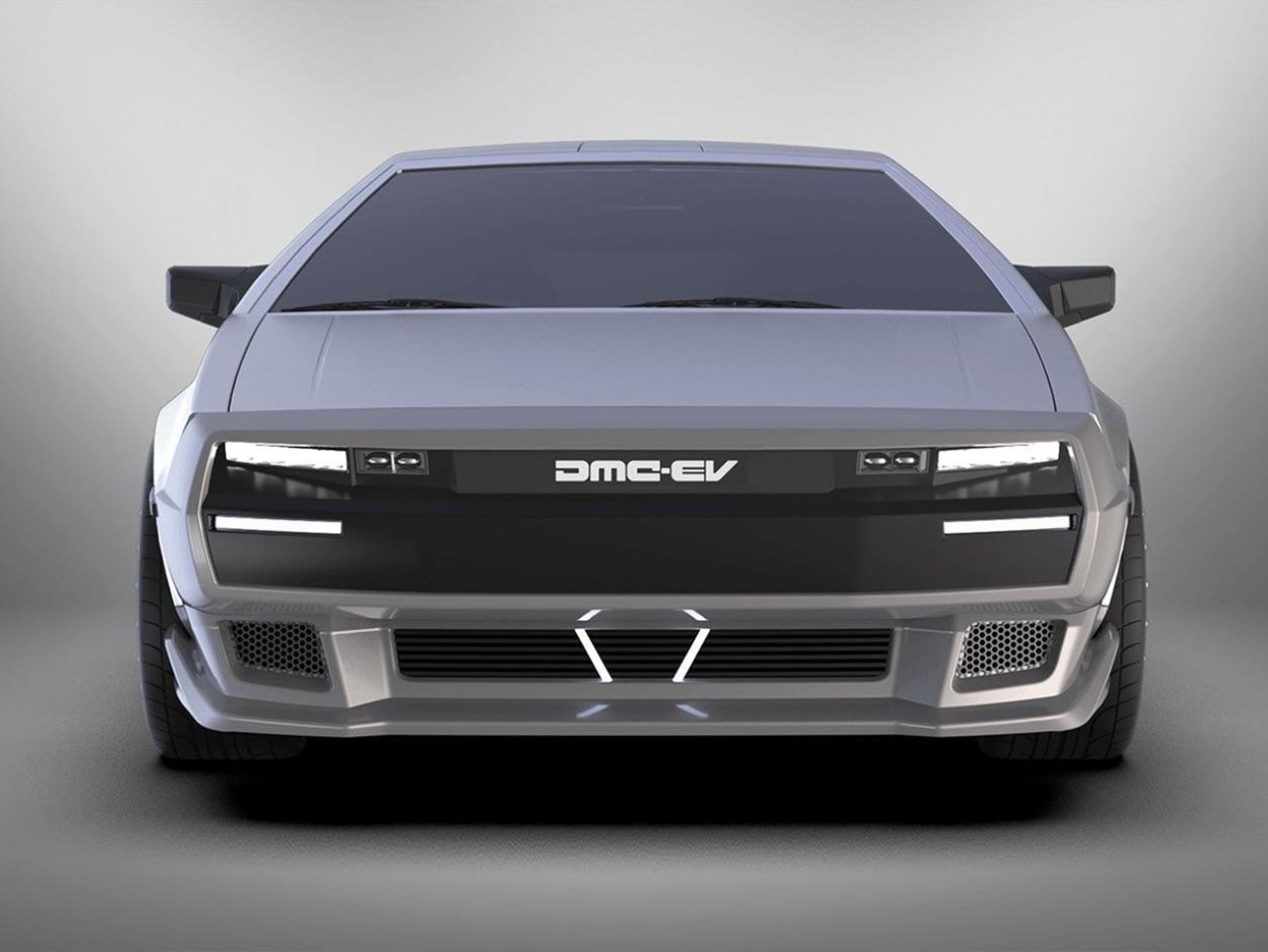
The exterior of the DMC-EV stays true to the original design by Giorgetto Giugiaro, with sleek lines that instantly evoke memories of the 1980s classic. However, Lynx Motors has made several updates to bring the car into the modern era. The most noticeable changes include LED lighting at the front and rear, as well as larger, transparent panels that give the car a more contemporary look. The badging on the car has been updated to include both the Lynx and DMC-EV logos, signaling the car’s transition into the electric age. The vehicle also features larger wheels, and owners will have the option to customize the side skirts and bumpers, allowing for a personalized touch that departs from the stainless steel finish of the original DMC-12.
The interior of the DMC-EV, however, has been completely overhauled to meet modern standards. The centerpiece of the cabin is a large touchscreen display that spans the width of the dashboard, providing the driver with all the necessary information at a glance. The seats are upholstered in high-quality leather, adding a touch of luxury to the vehicle. The center console now features a wireless phone charger and a large rotary dial, making it both functional and aesthetically pleasing. The steering wheel has been redesigned as well, featuring a sporty look with carbon fiber accents and perforated leather, further enhancing the driving experience.
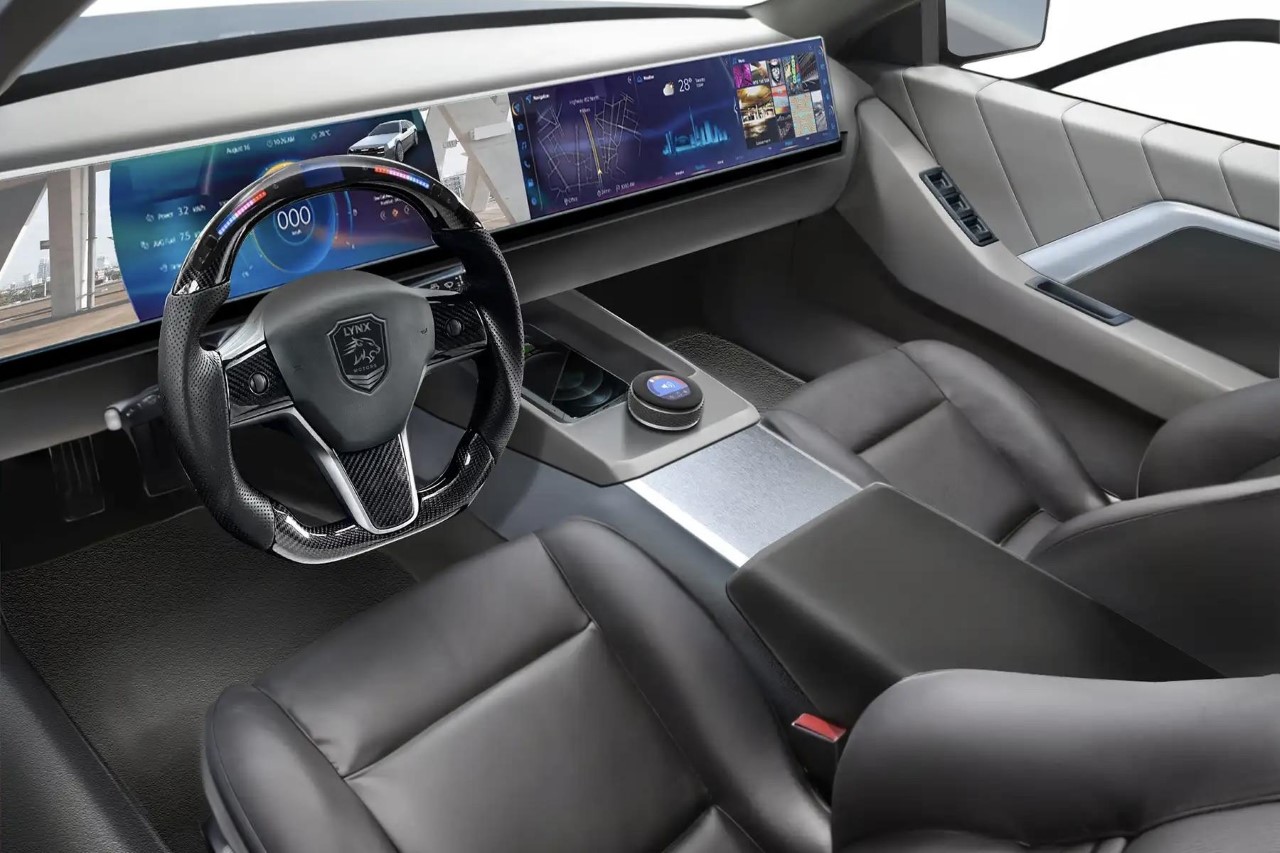
Under the hood, the DMC-EV draws power from four high-output in-wheel electric motors, delivering all-wheel drive and ensuring optimal performance on the road. These motors are supplied by a 70kWh CATL battery pack, which provides a range of approximately 402 kilometers on a single charge. The DMC-EV is capable of accelerating from 0 to 60 mph in under four seconds, a feat that underscores its high-performance capabilities. Additionally, the vehicle is equipped with Tesla’s NACS charging port, allowing it to access Tesla’s extensive Supercharger network in the United States, making long-distance travel more convenient for its owners.
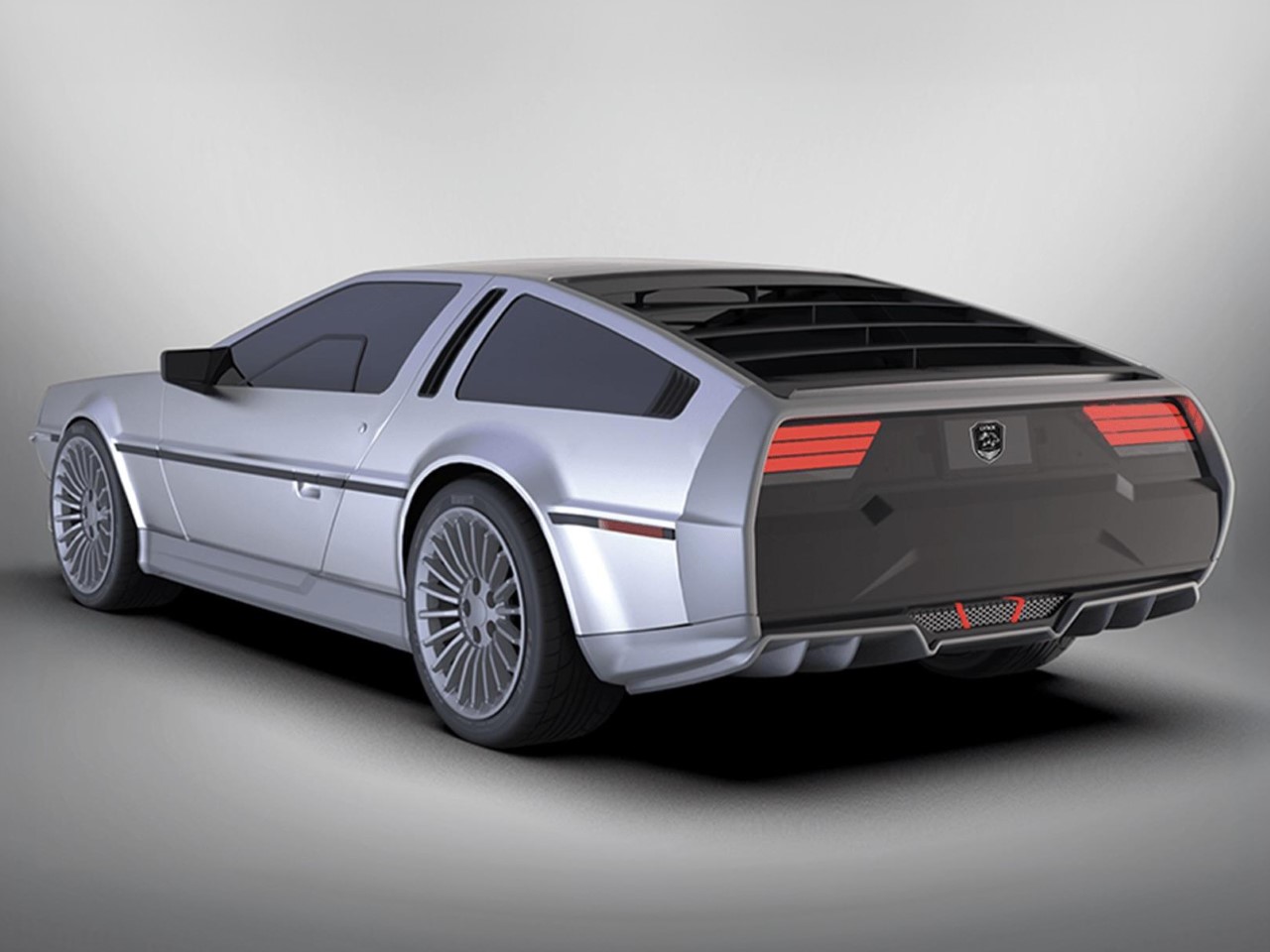
Lynx Motors has opened reservations for the DMC-EV, with a starting deposit of $2,500 USD. While the exact pricing of the vehicle remains somewhat ambiguous, with figures ranging between $249,999 and $299,500 USD, the demand for this reimagined classic is expected to be high. Deliveries are slated to begin next year, and the DMC-EV will join Lynx’s lineup alongside the GT1e, another electric restomod based on the 2005 Ford GT.

The post We got an Electric DeLorean before we got GTA 6… first appeared on Yanko Design.
